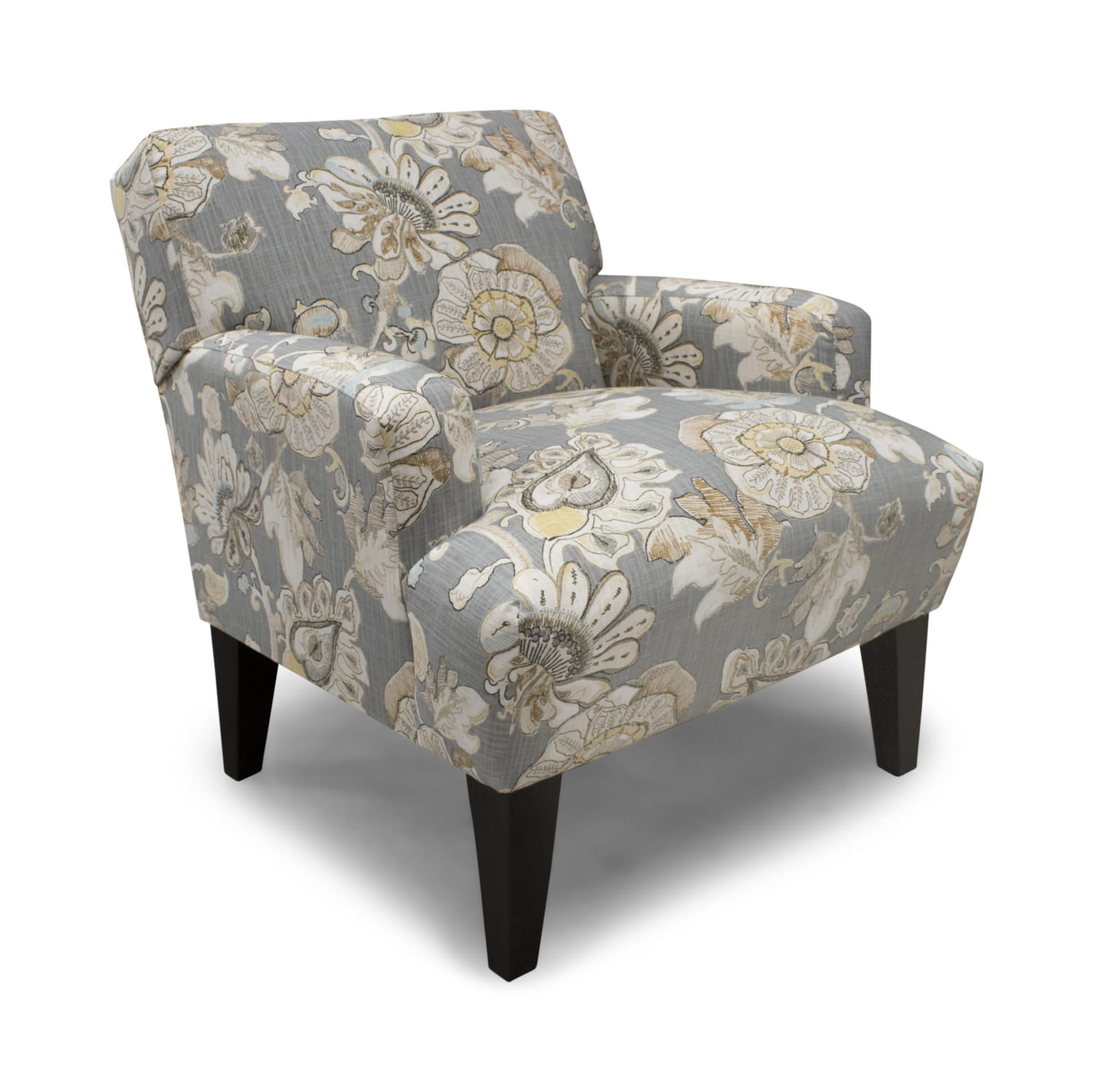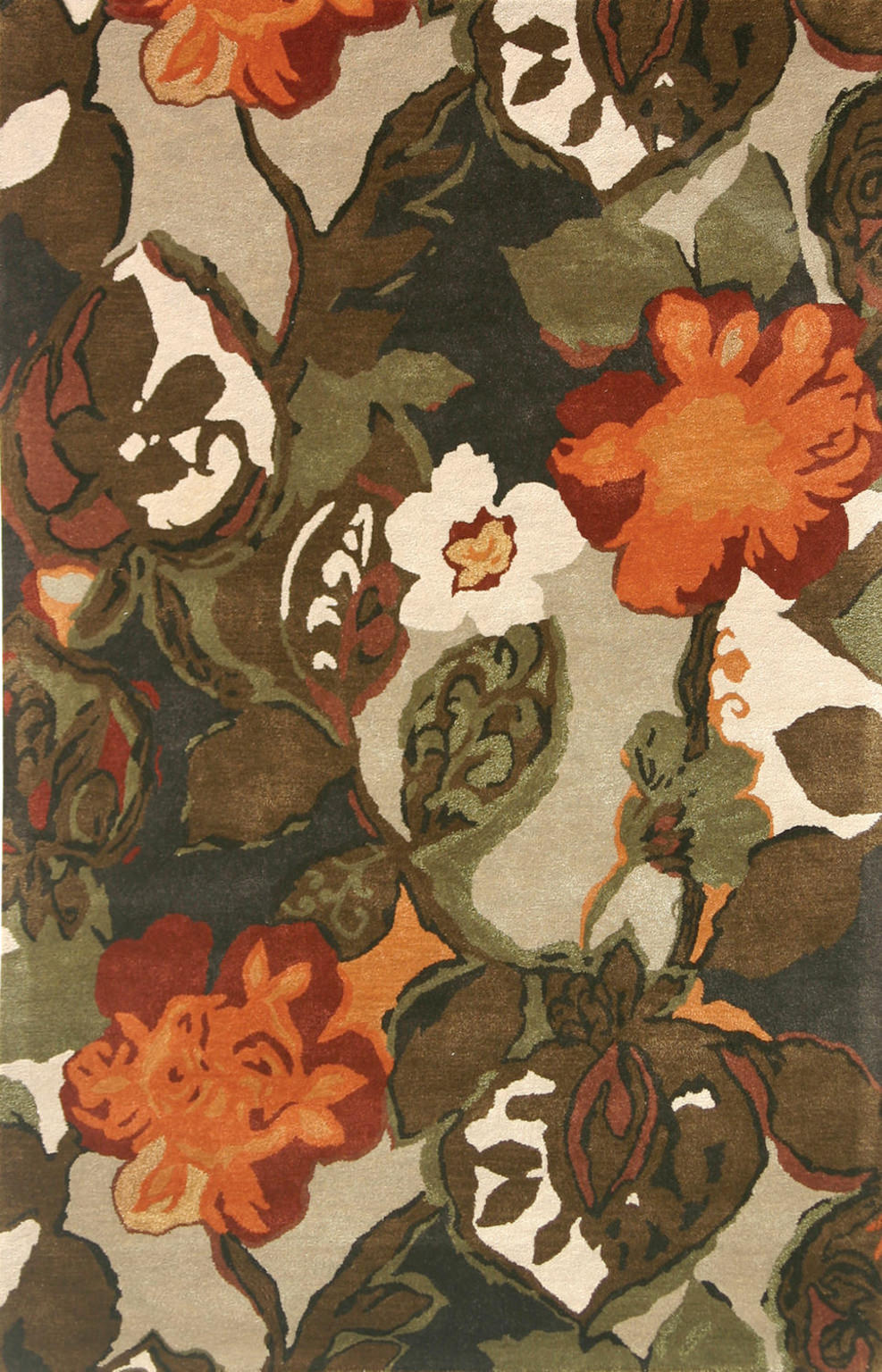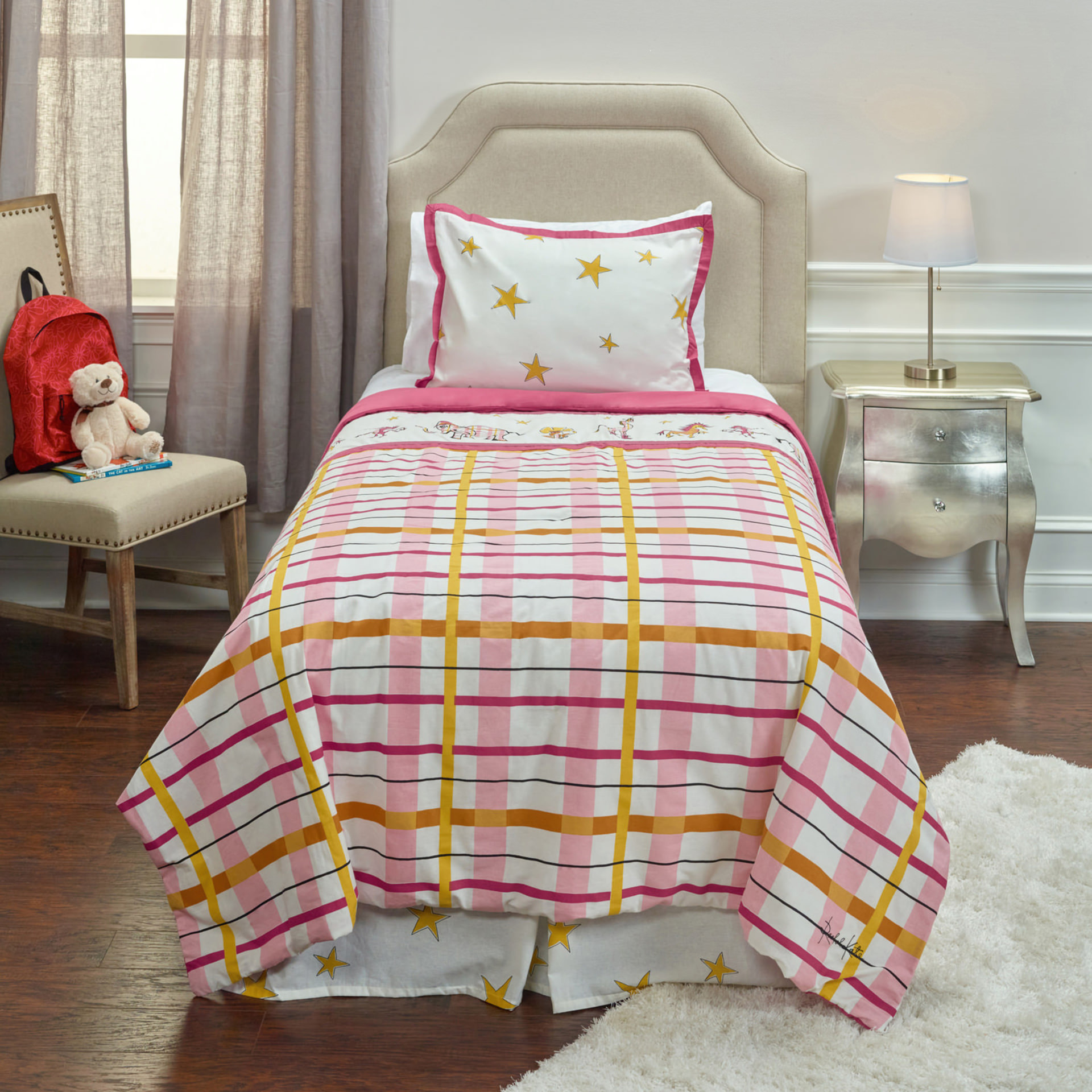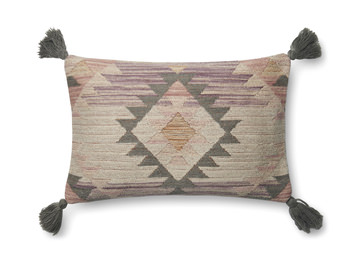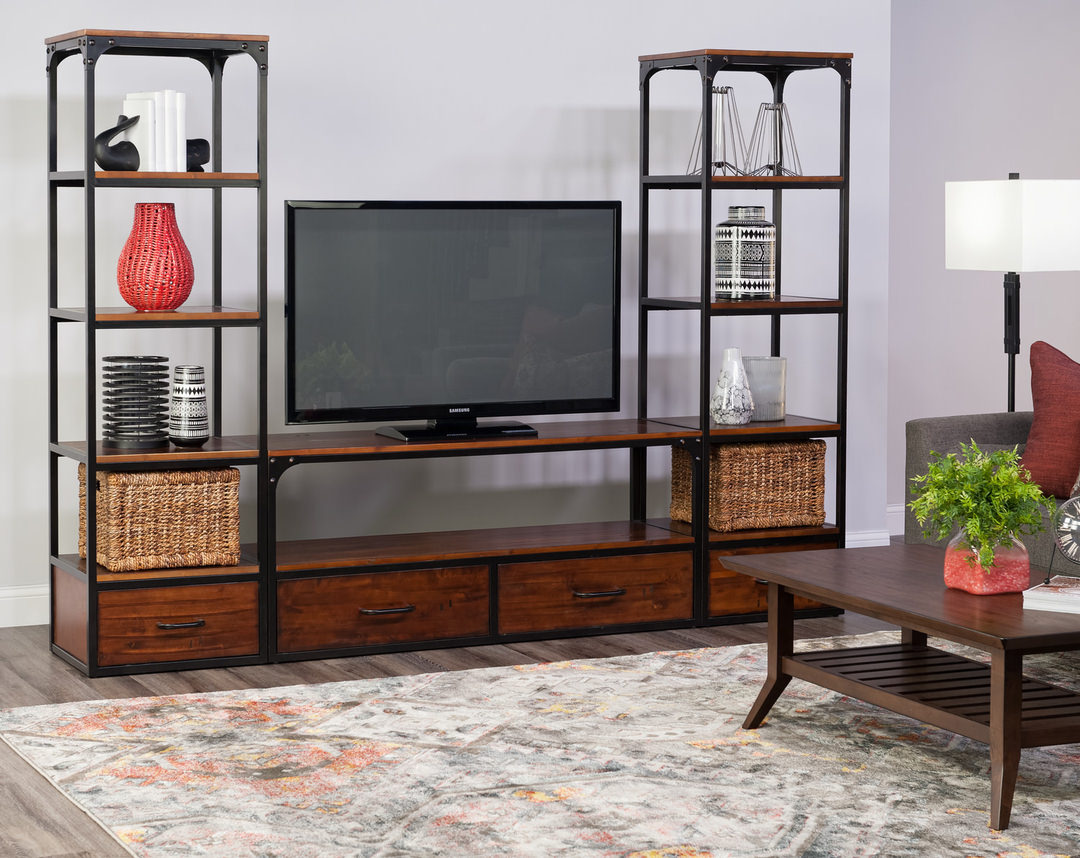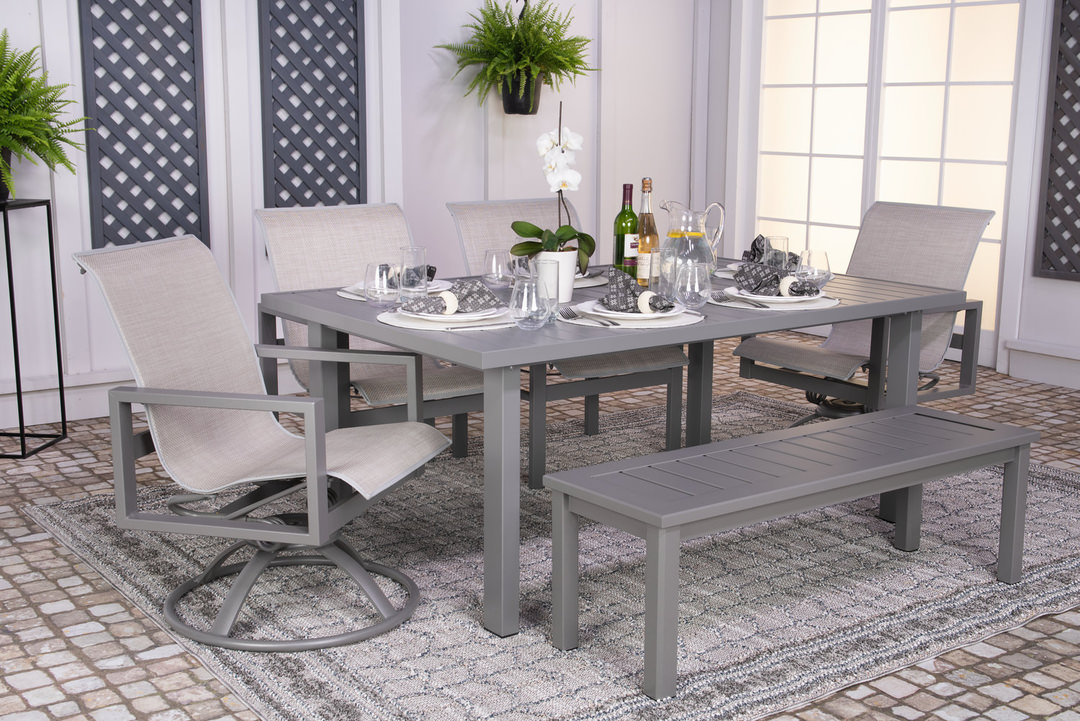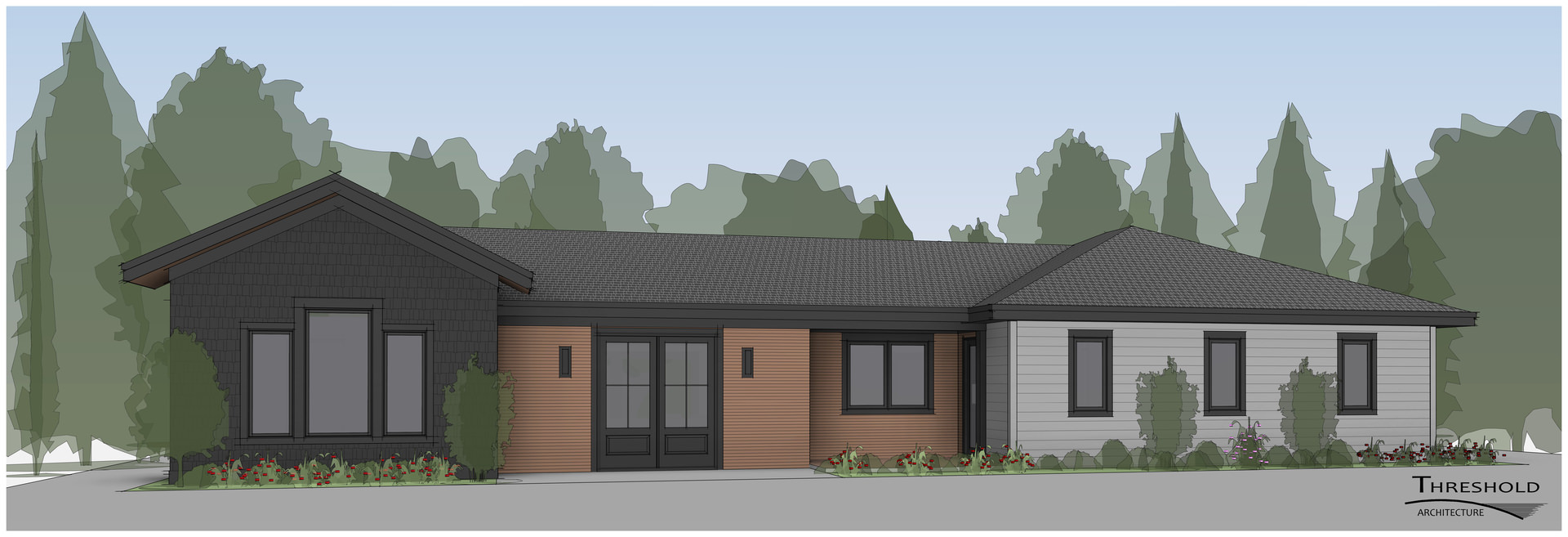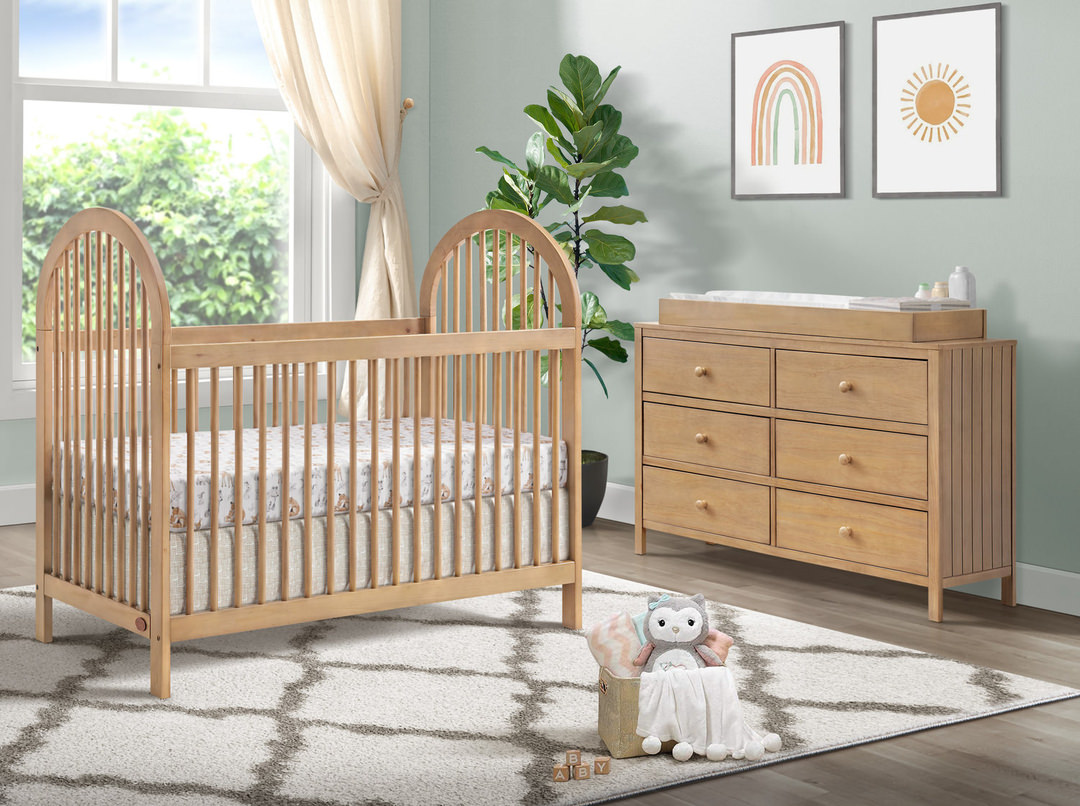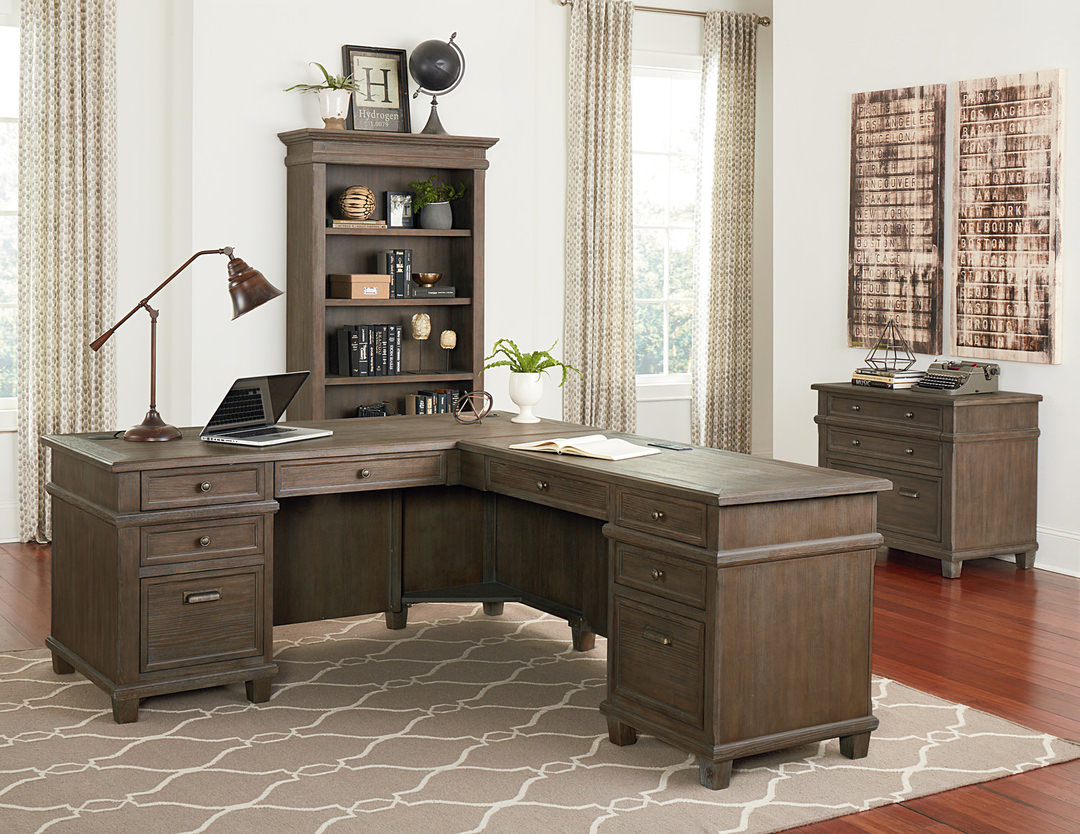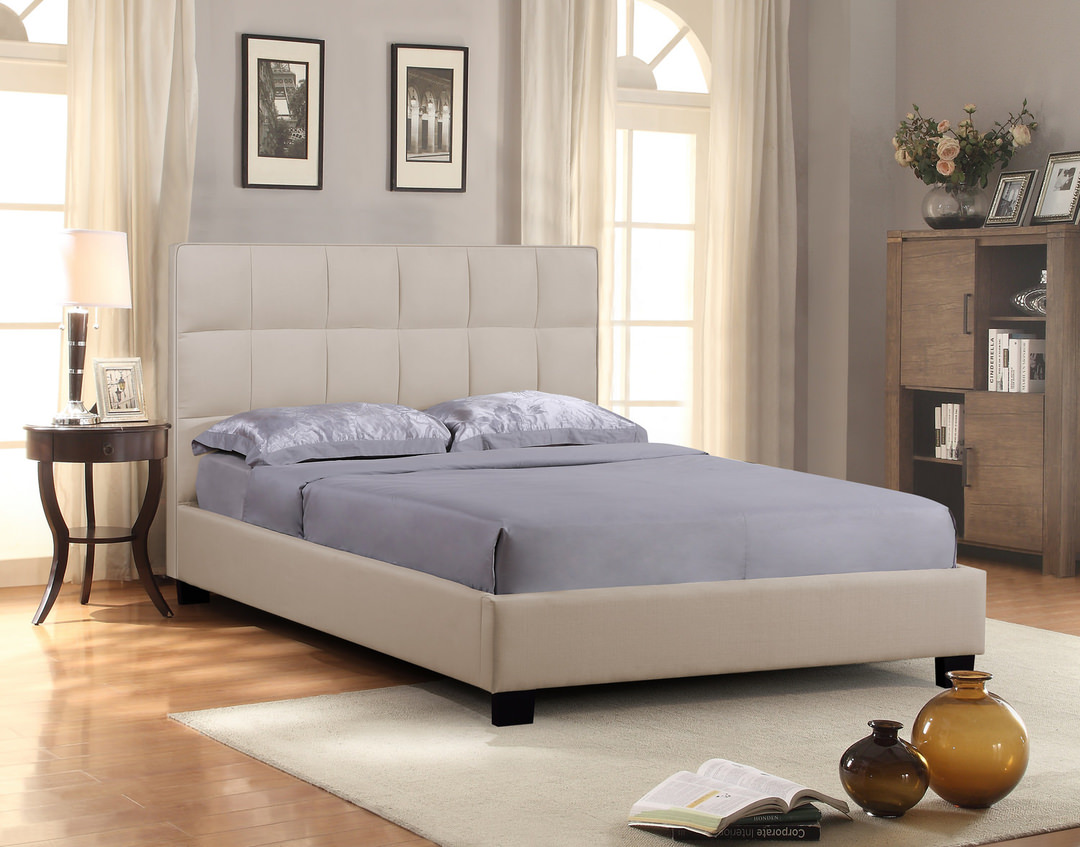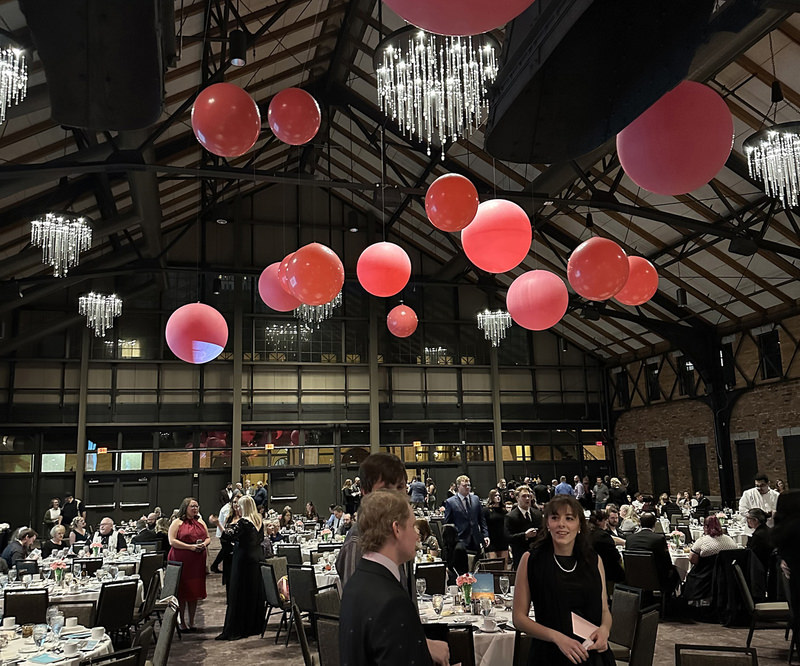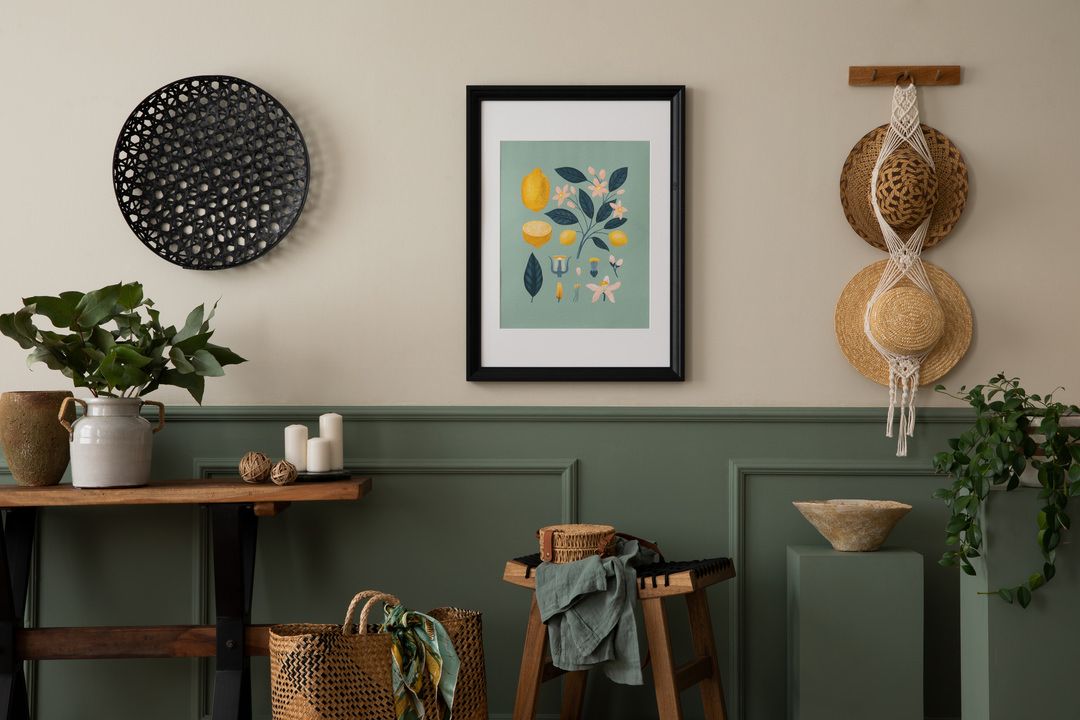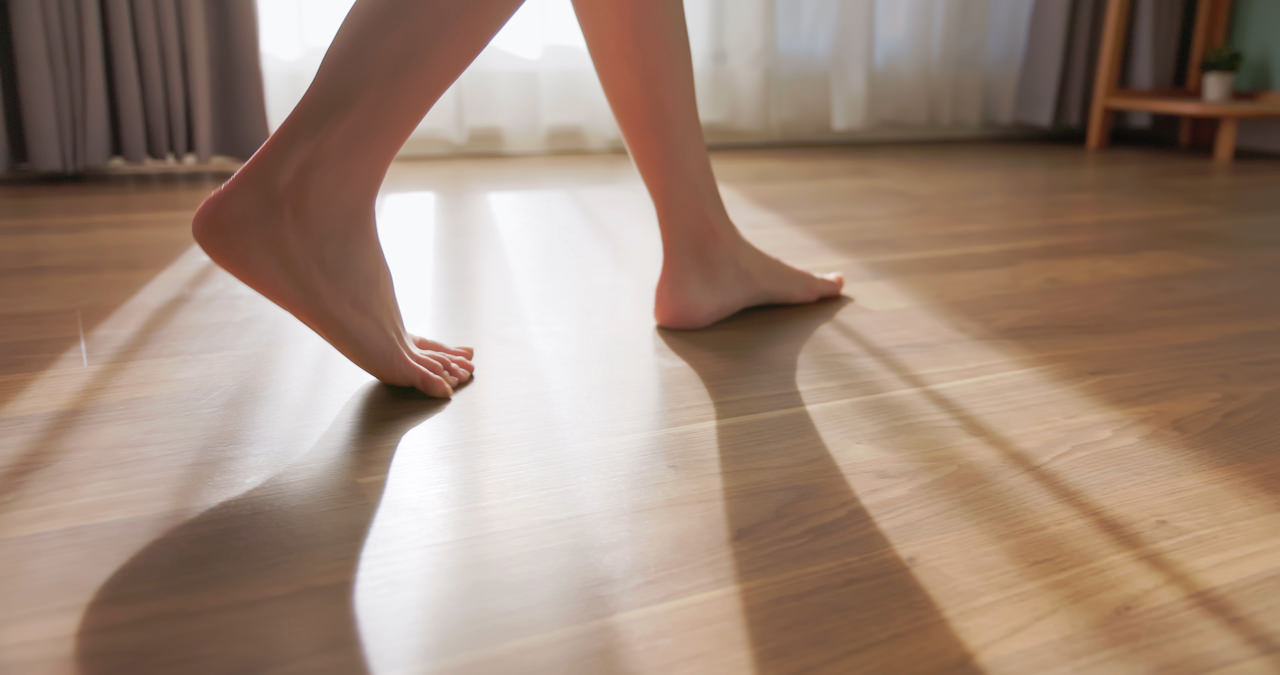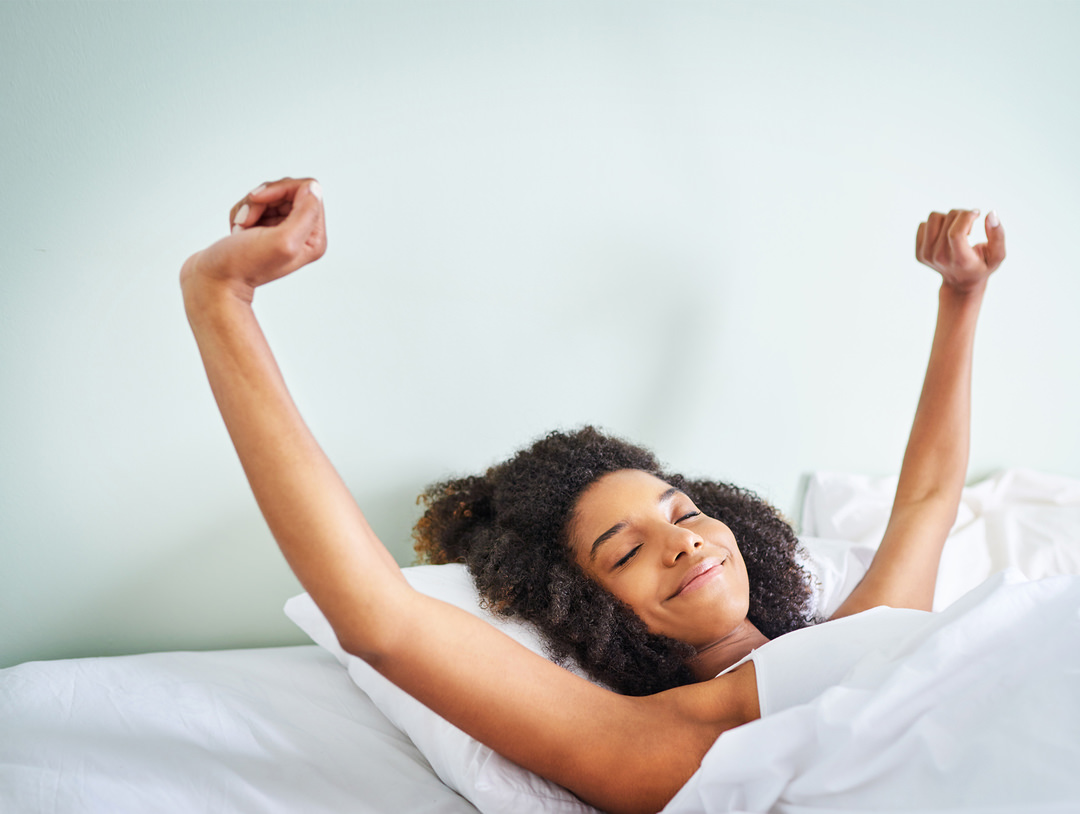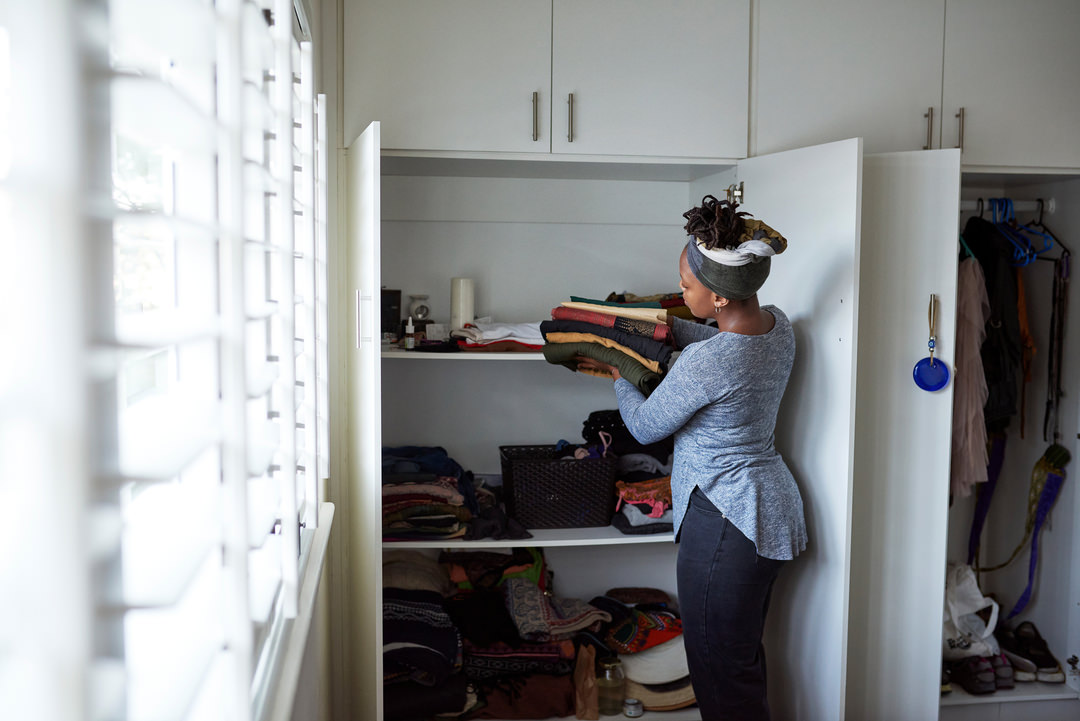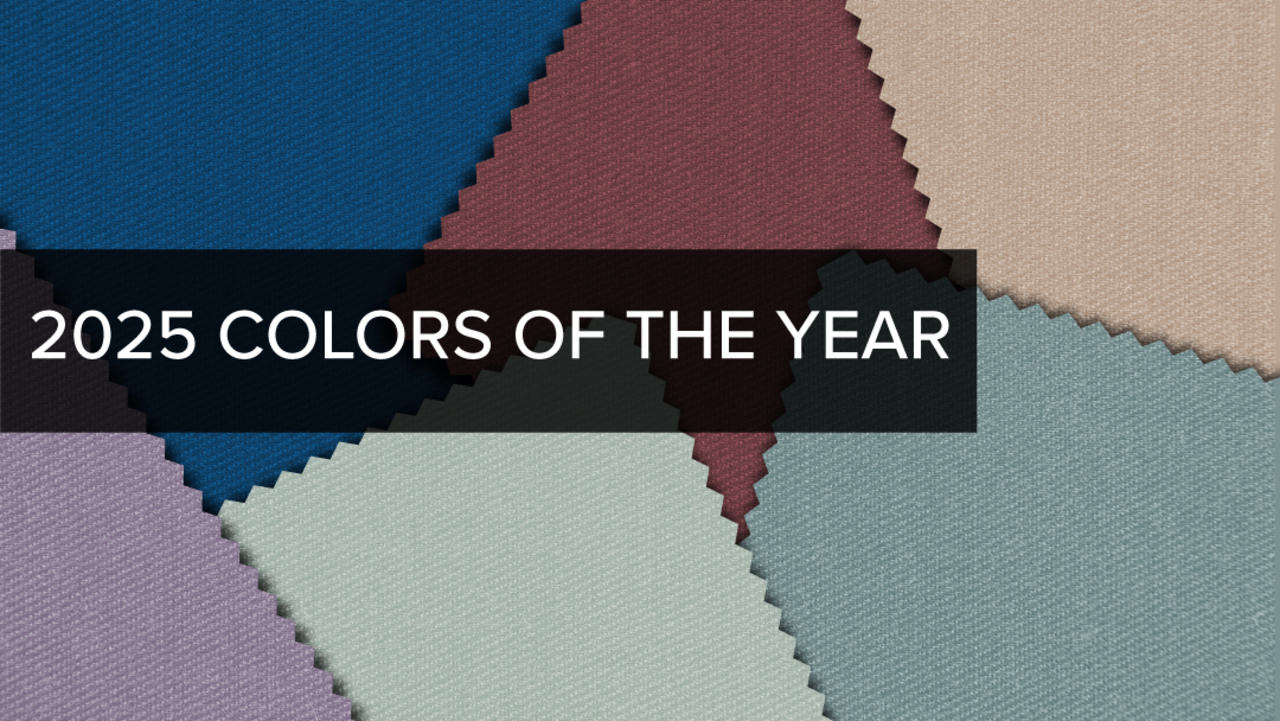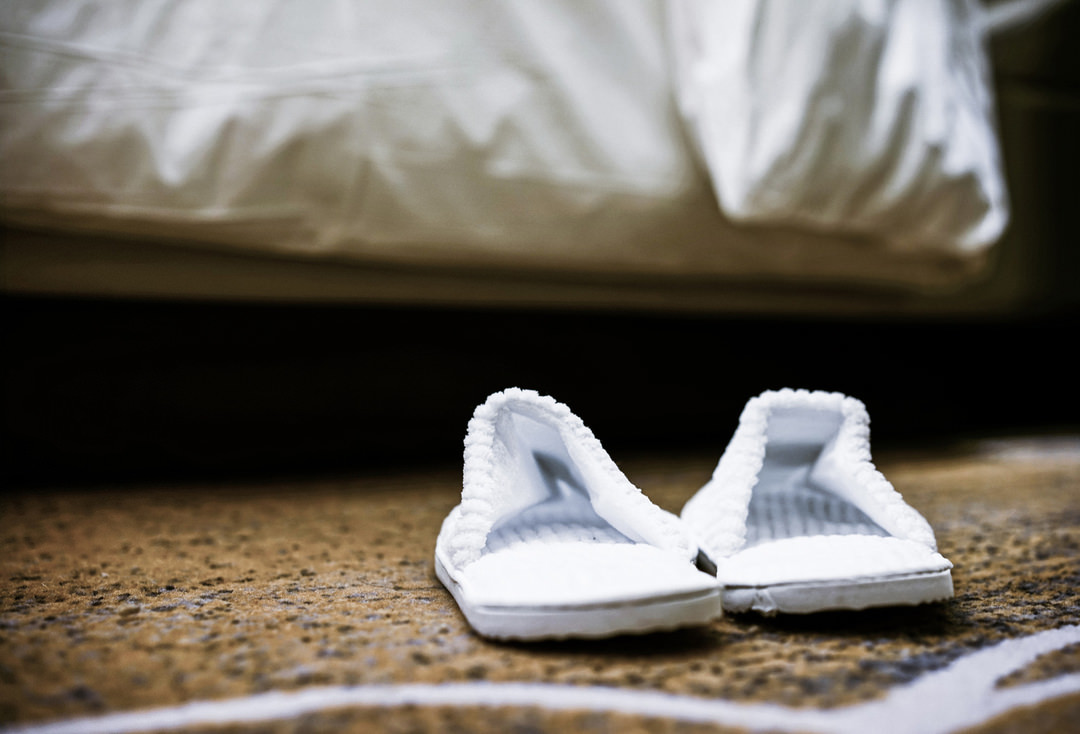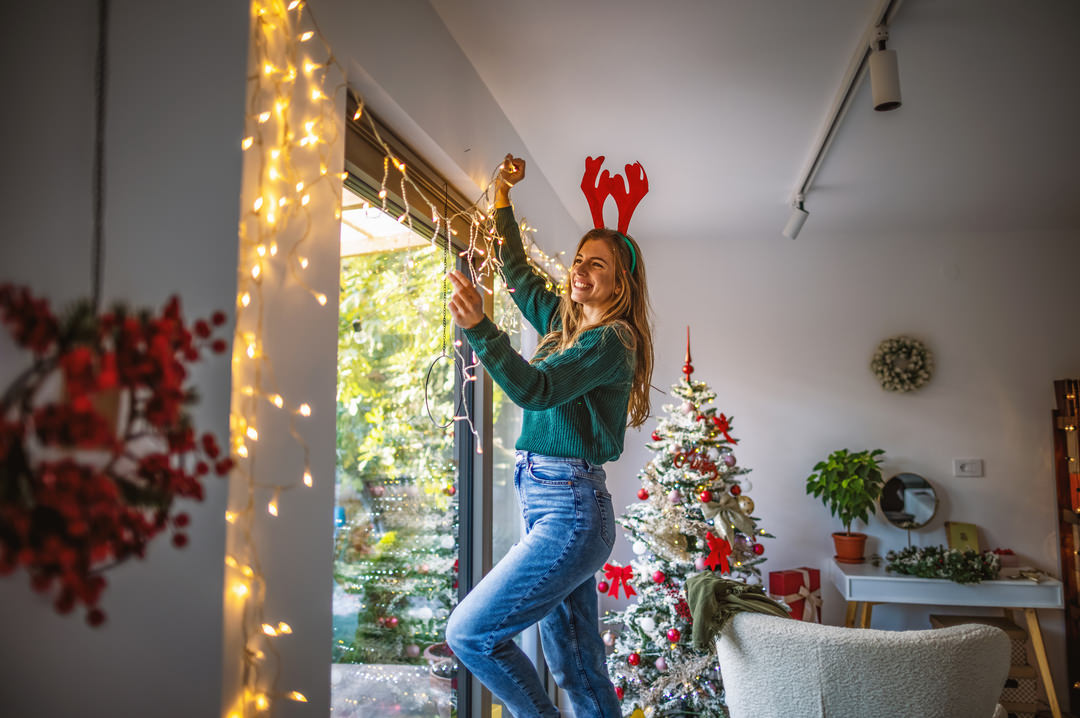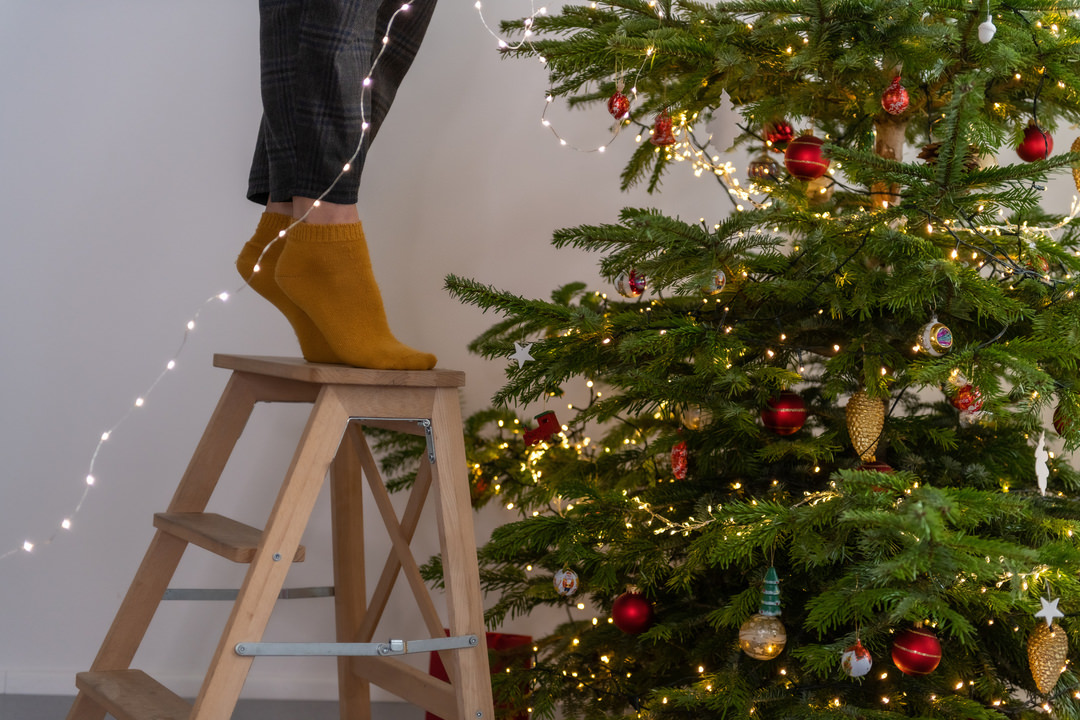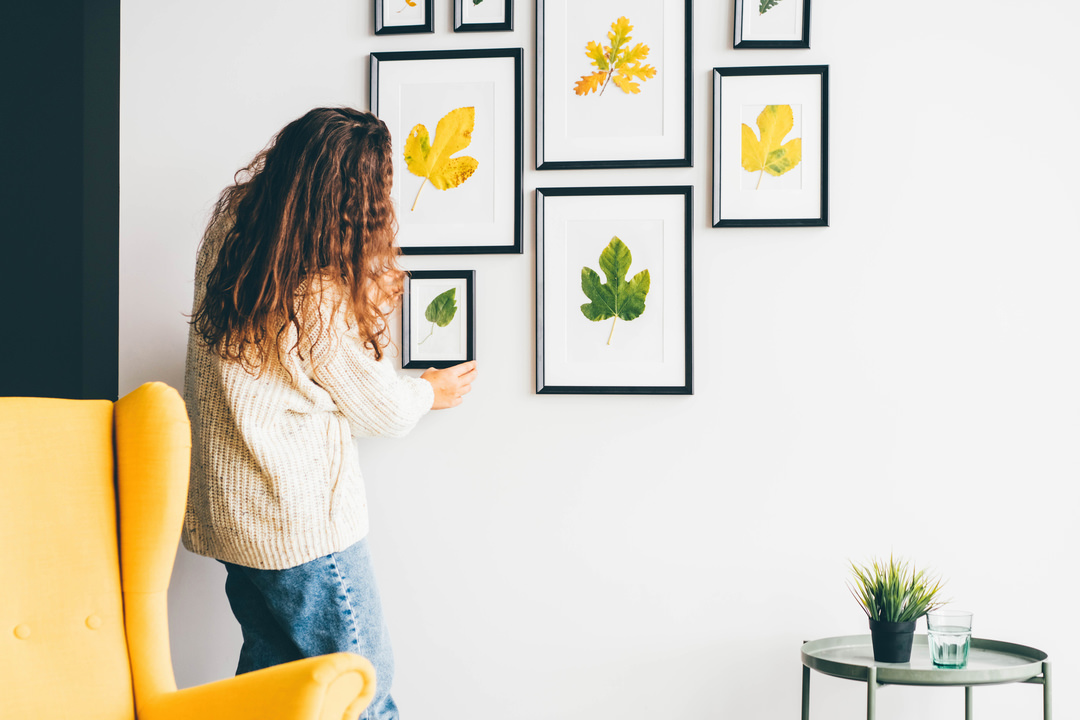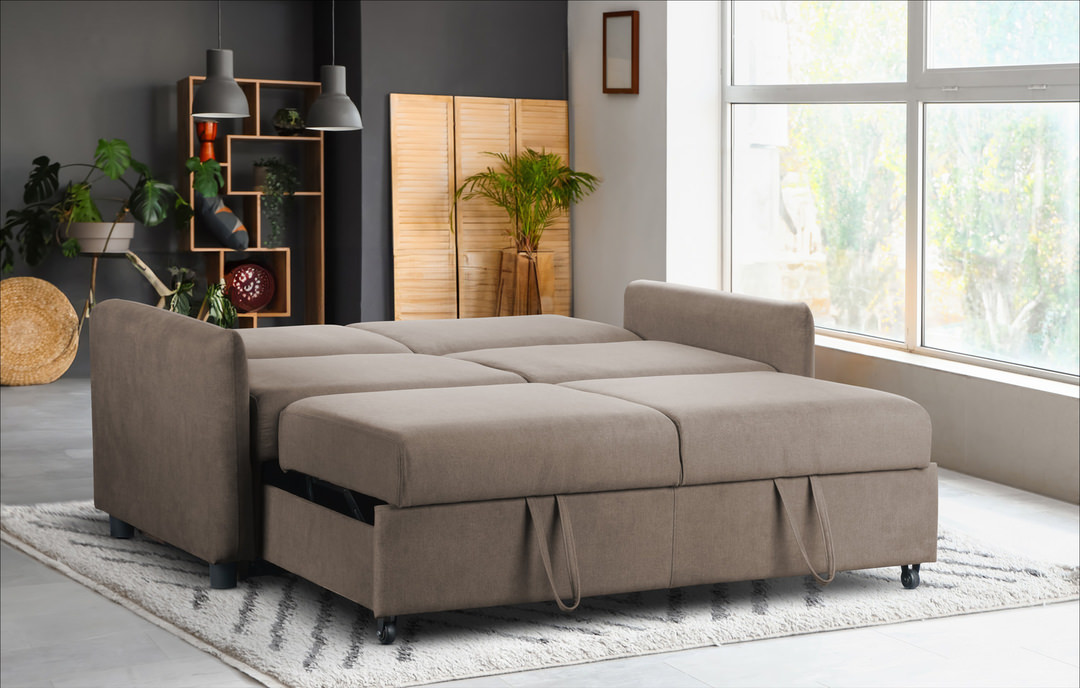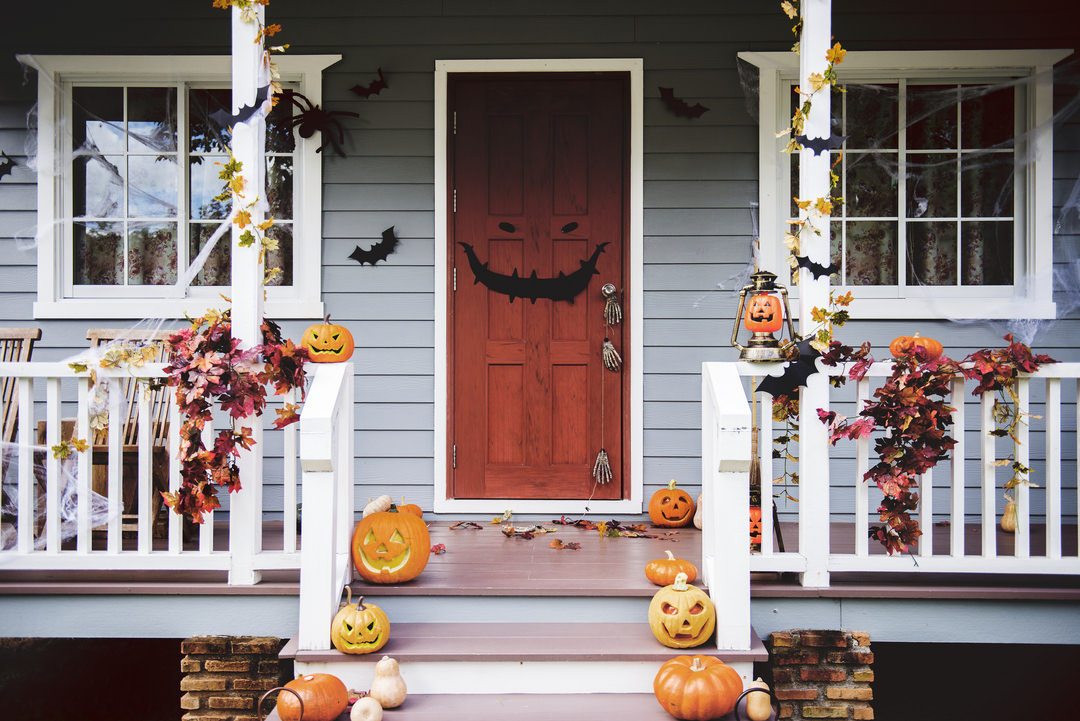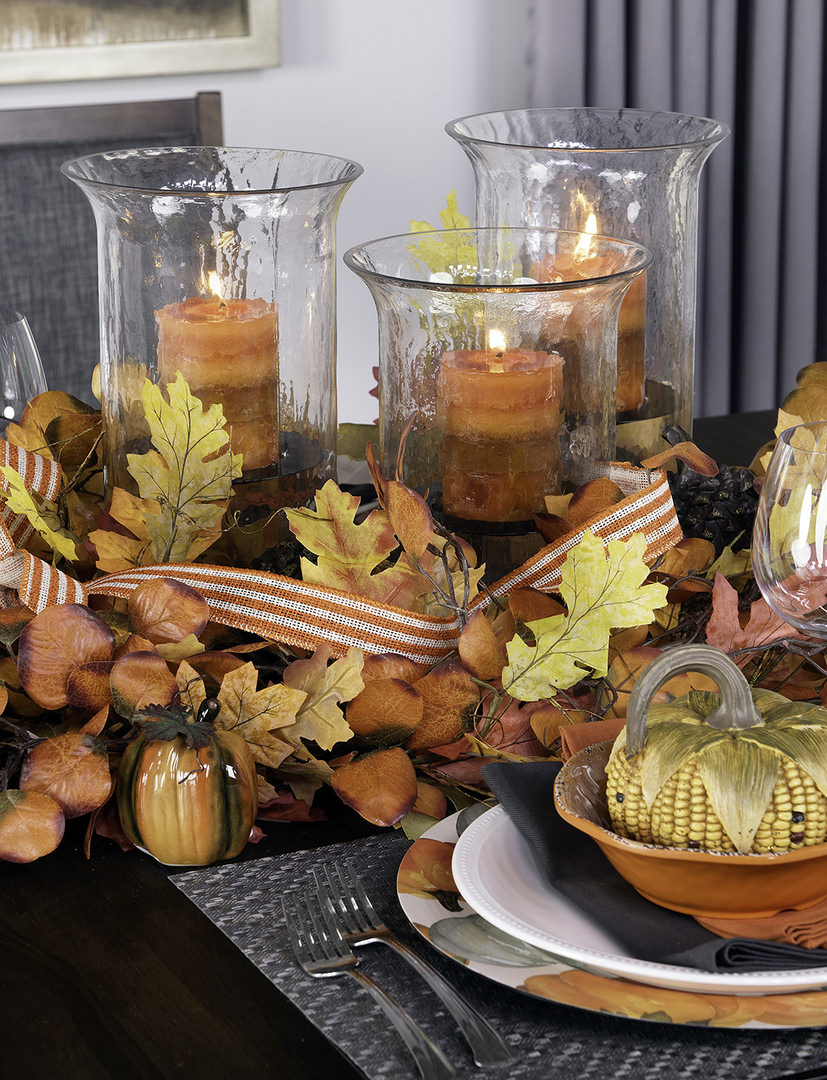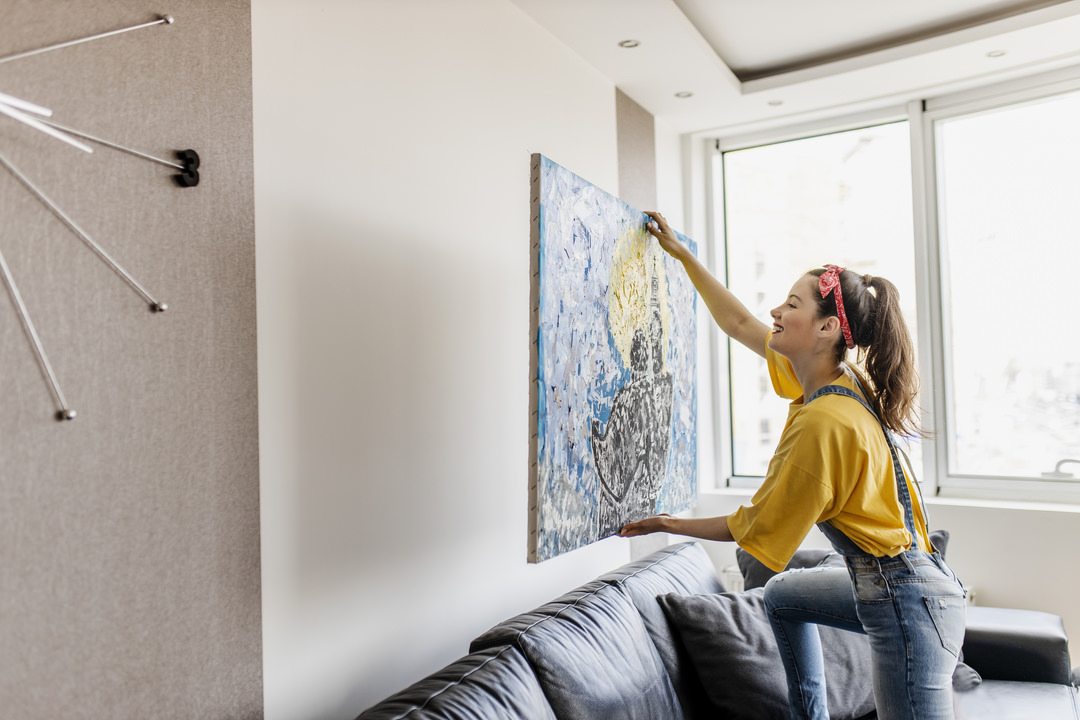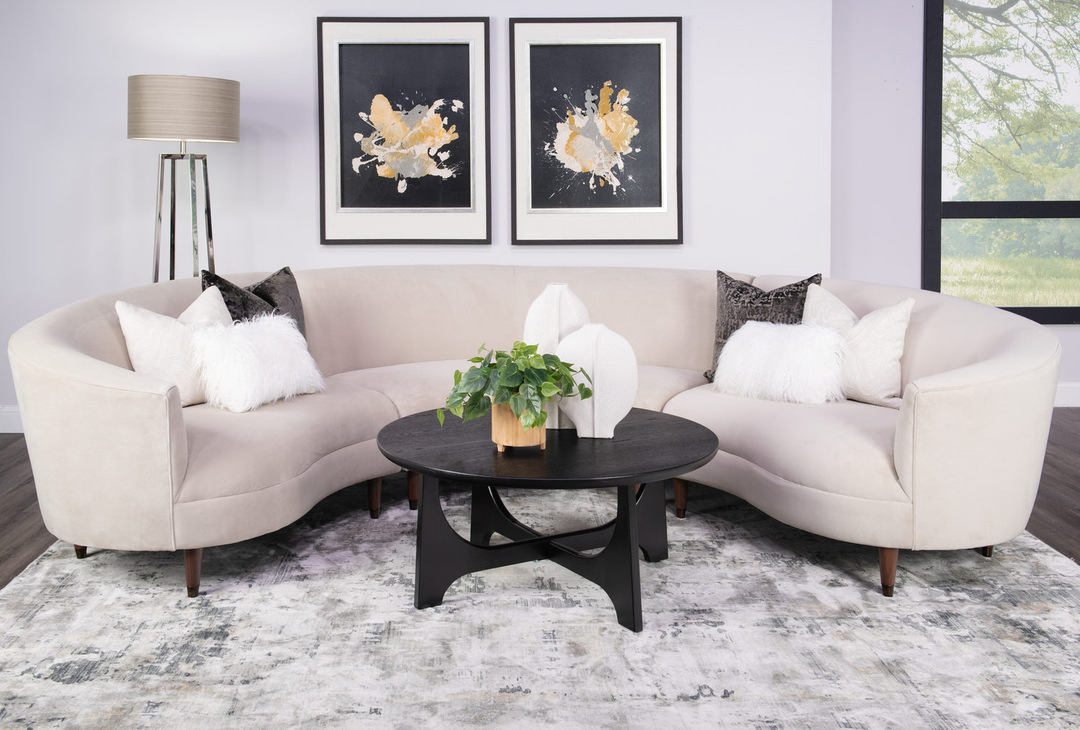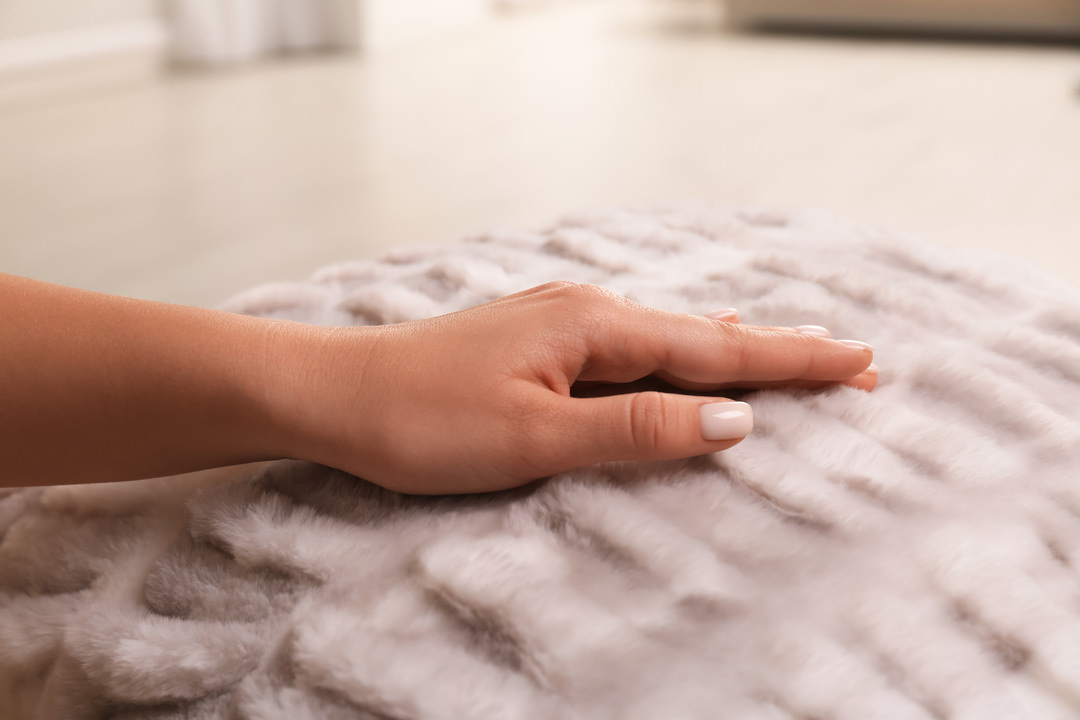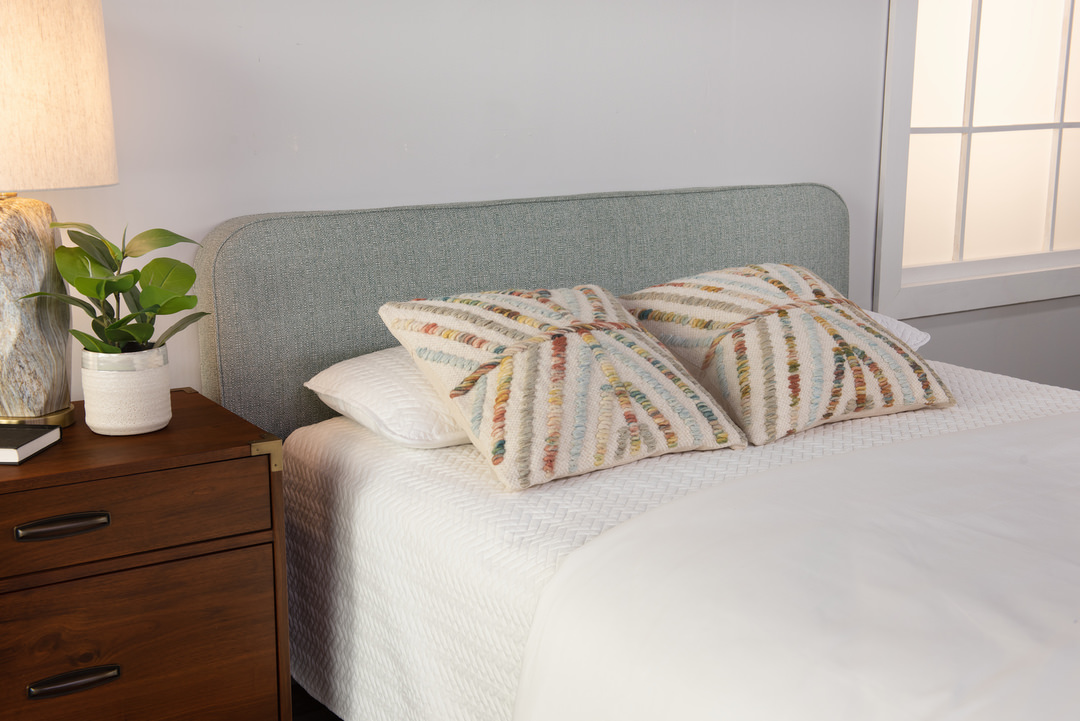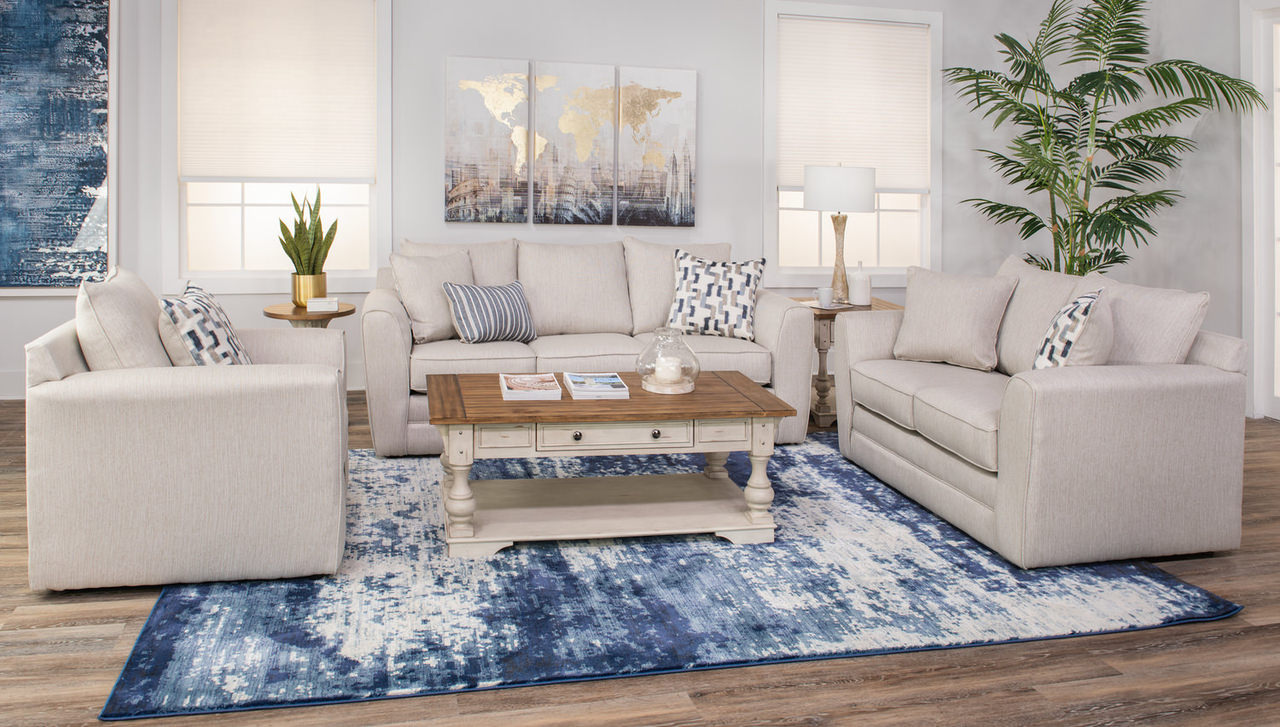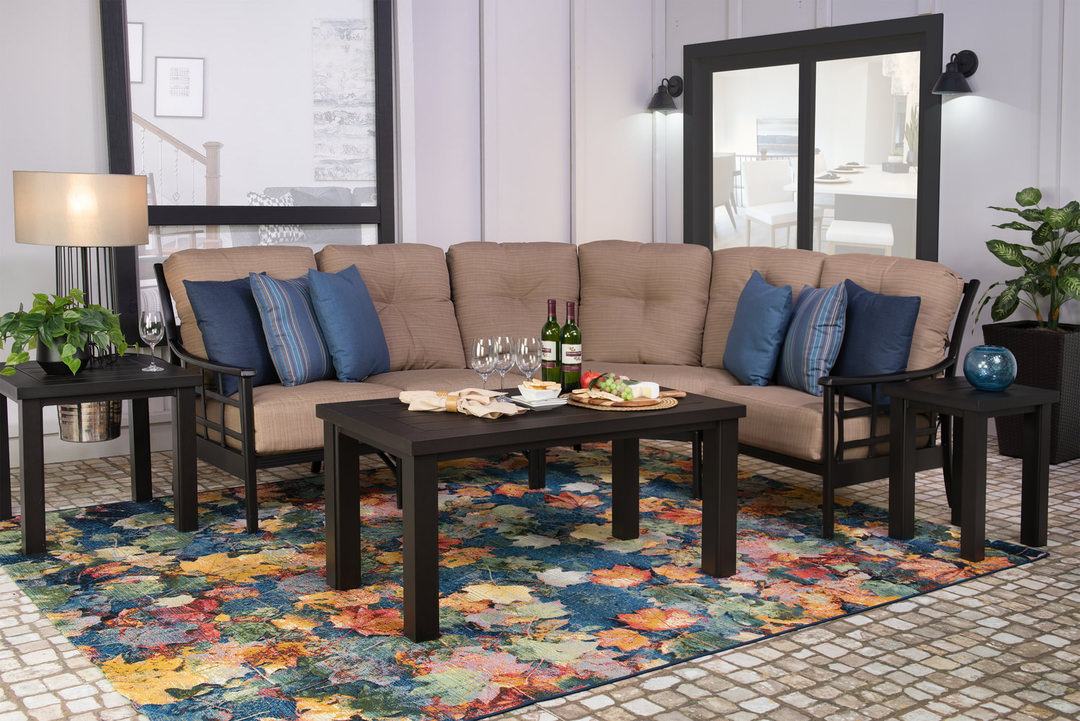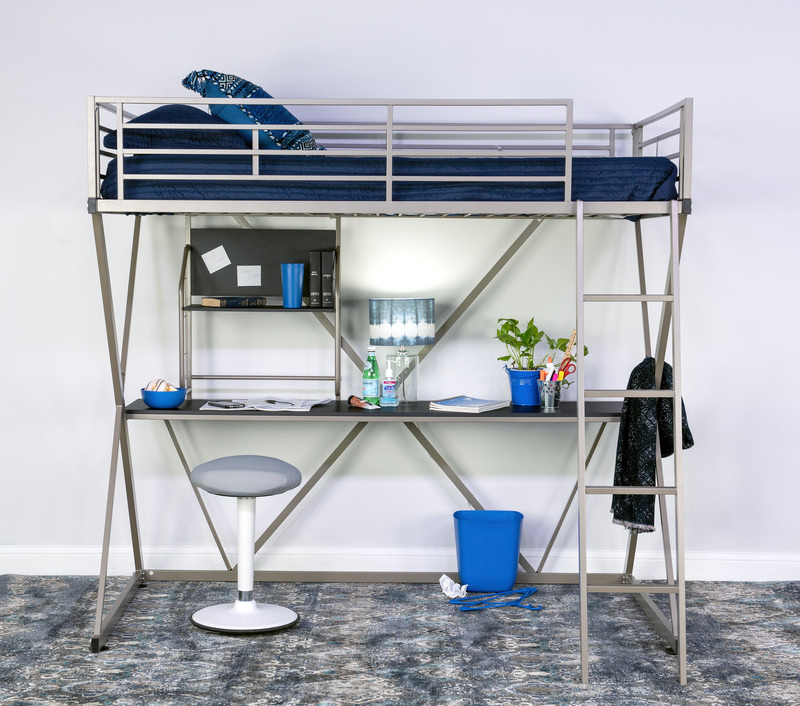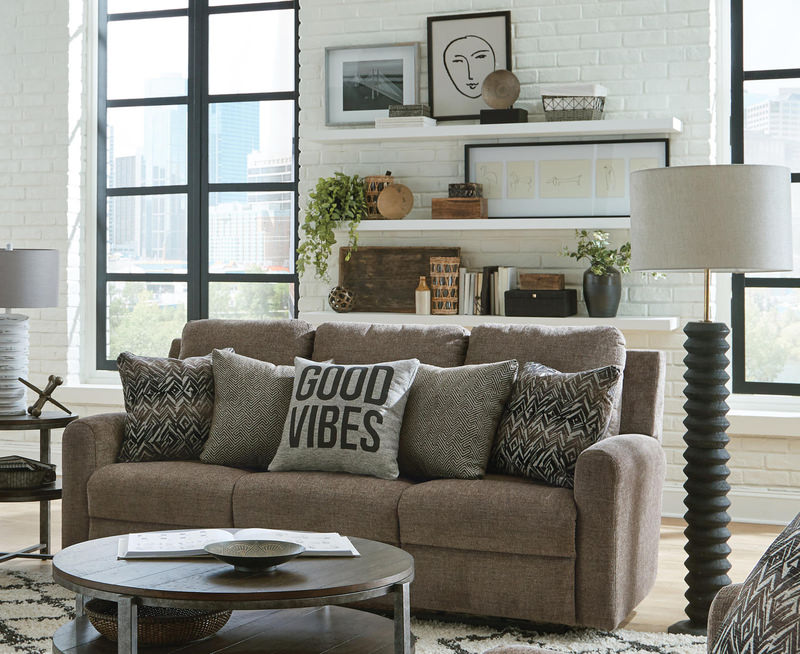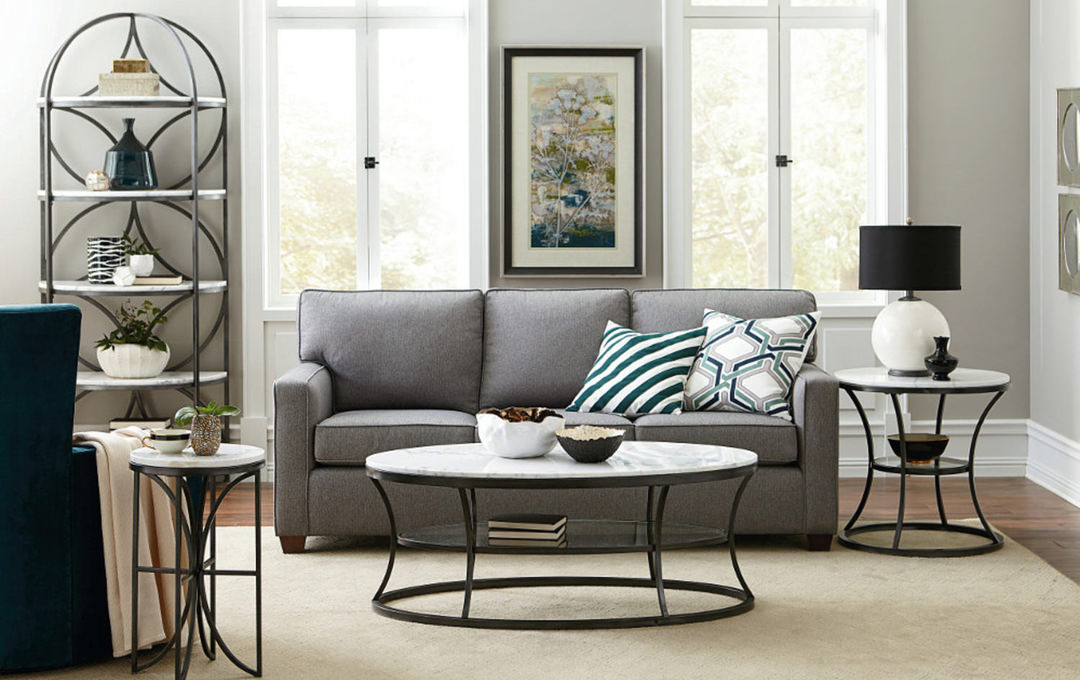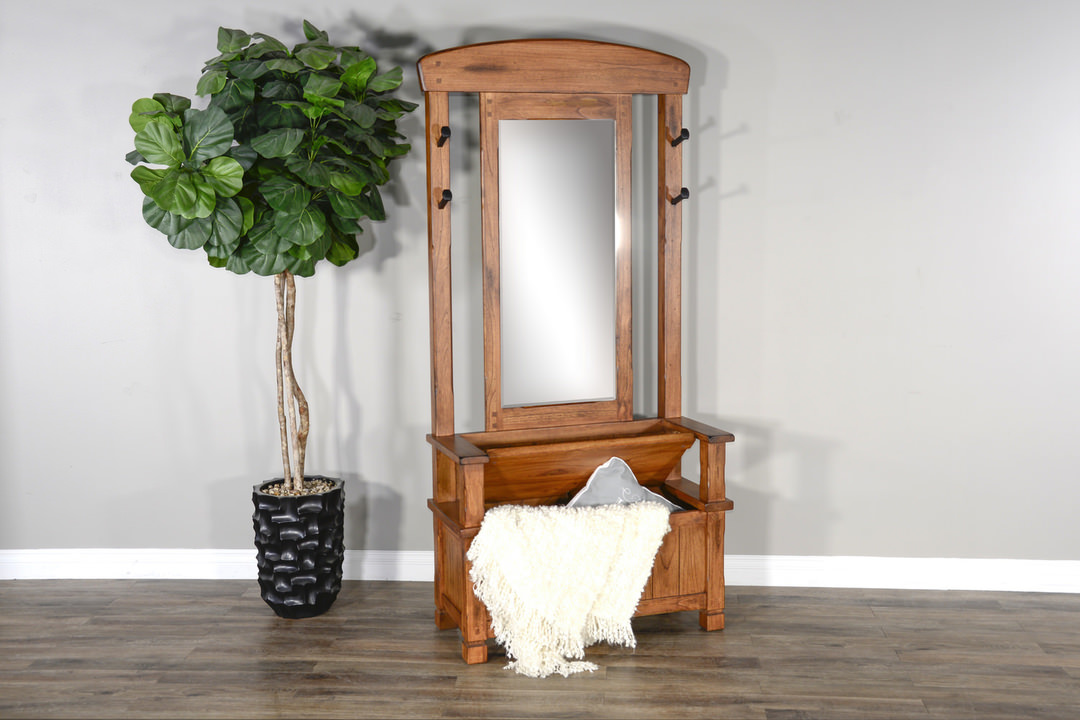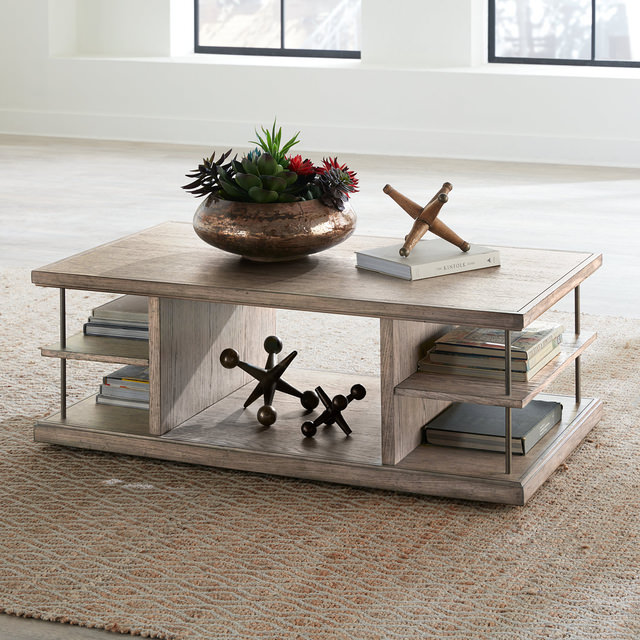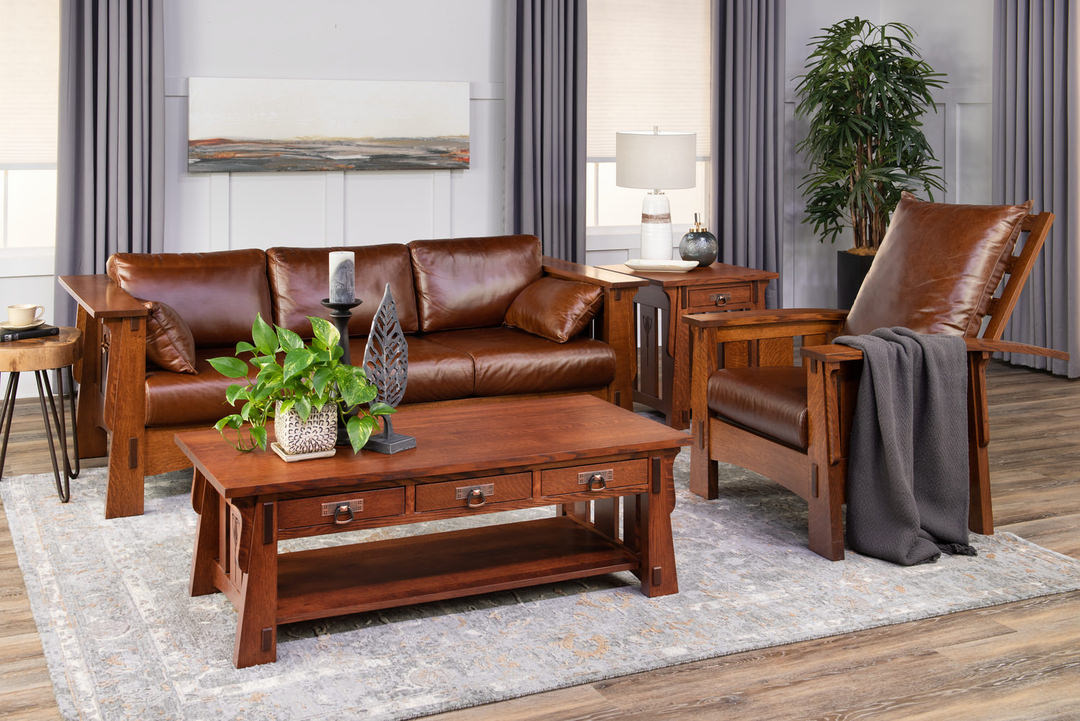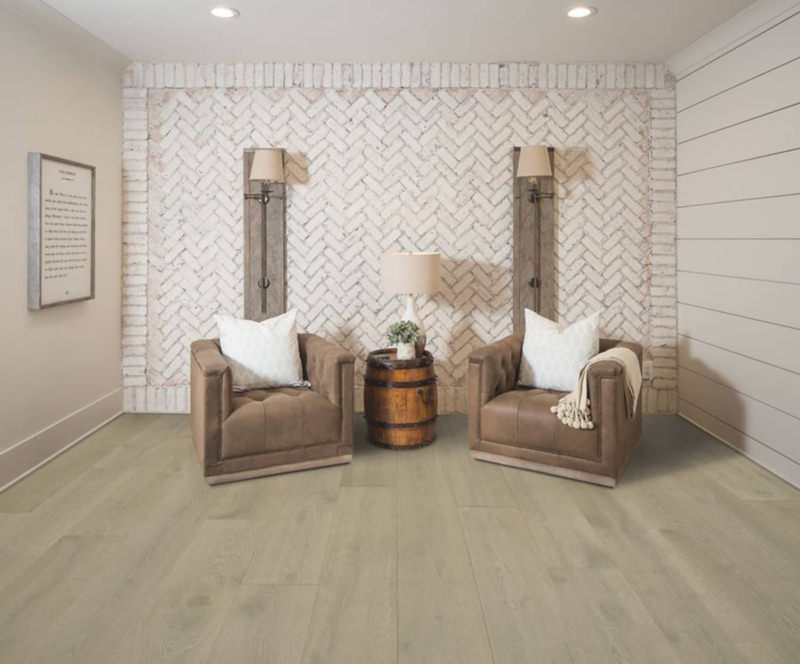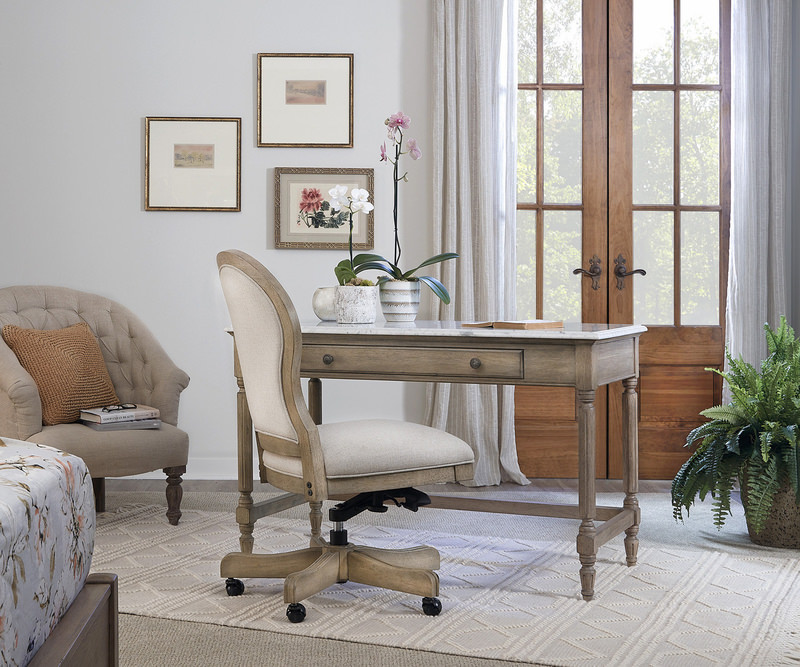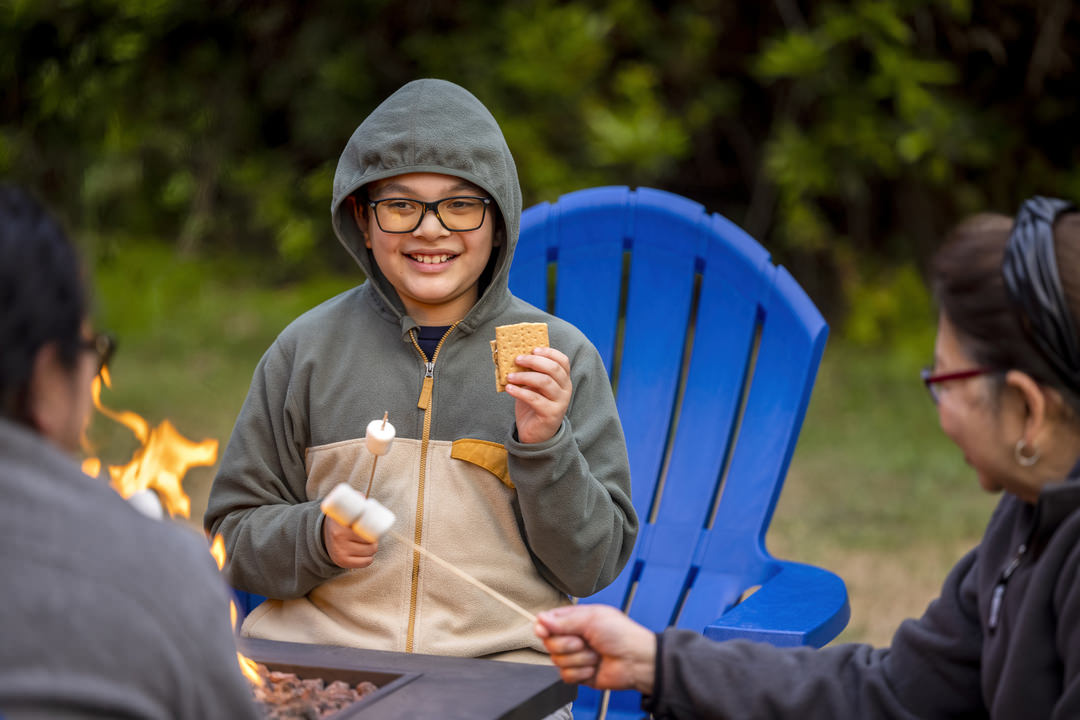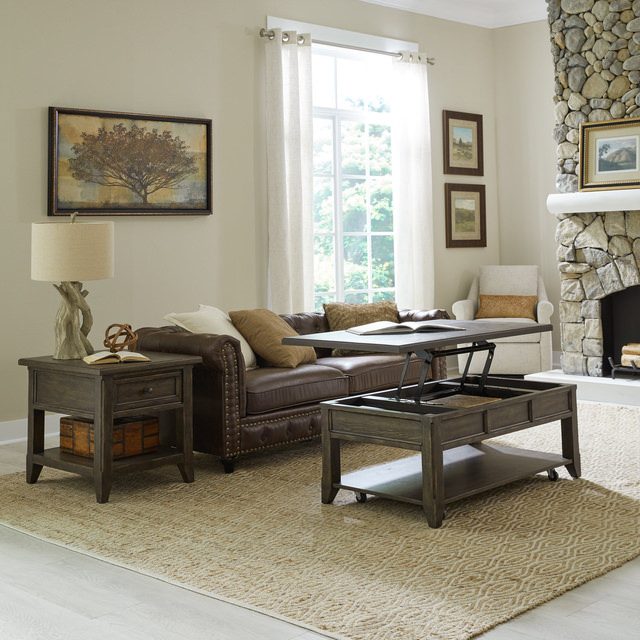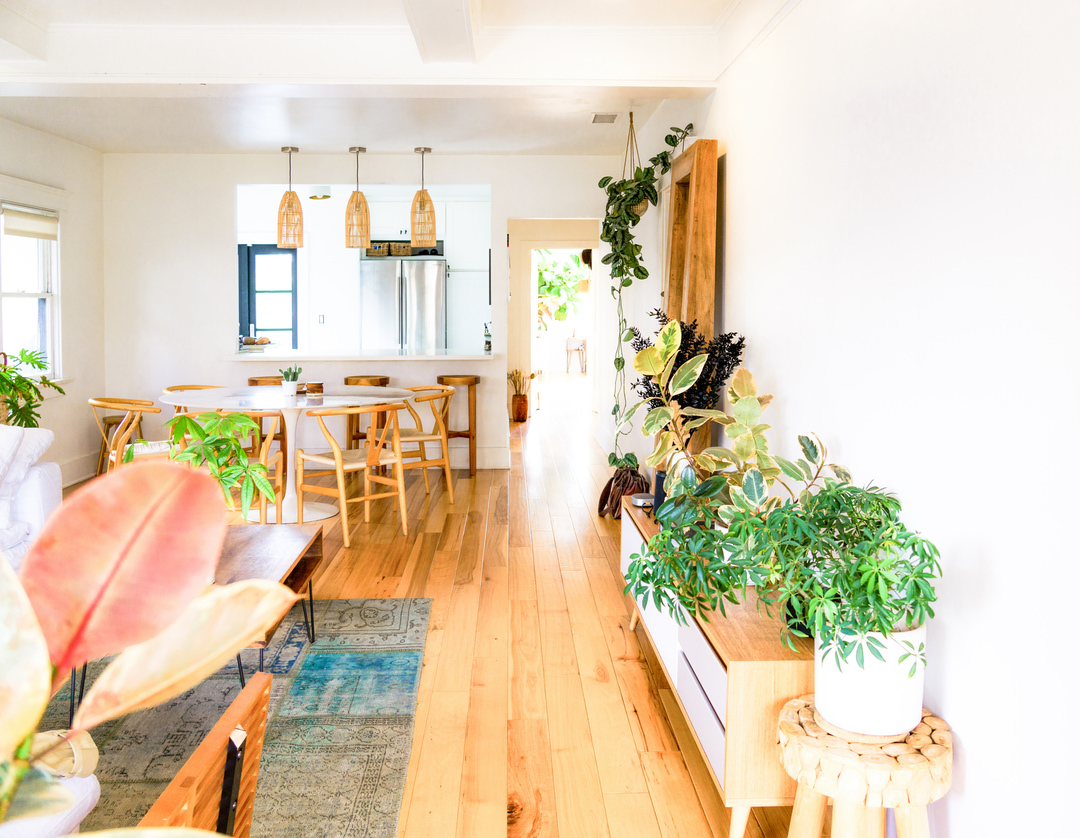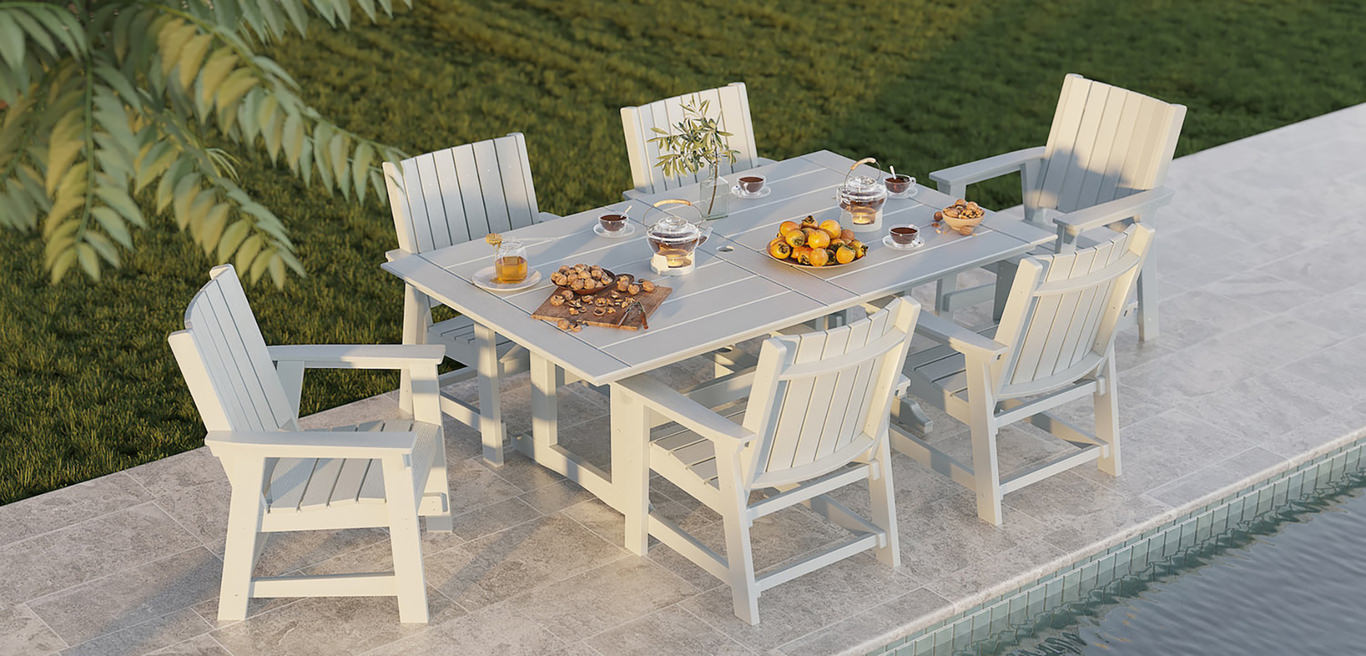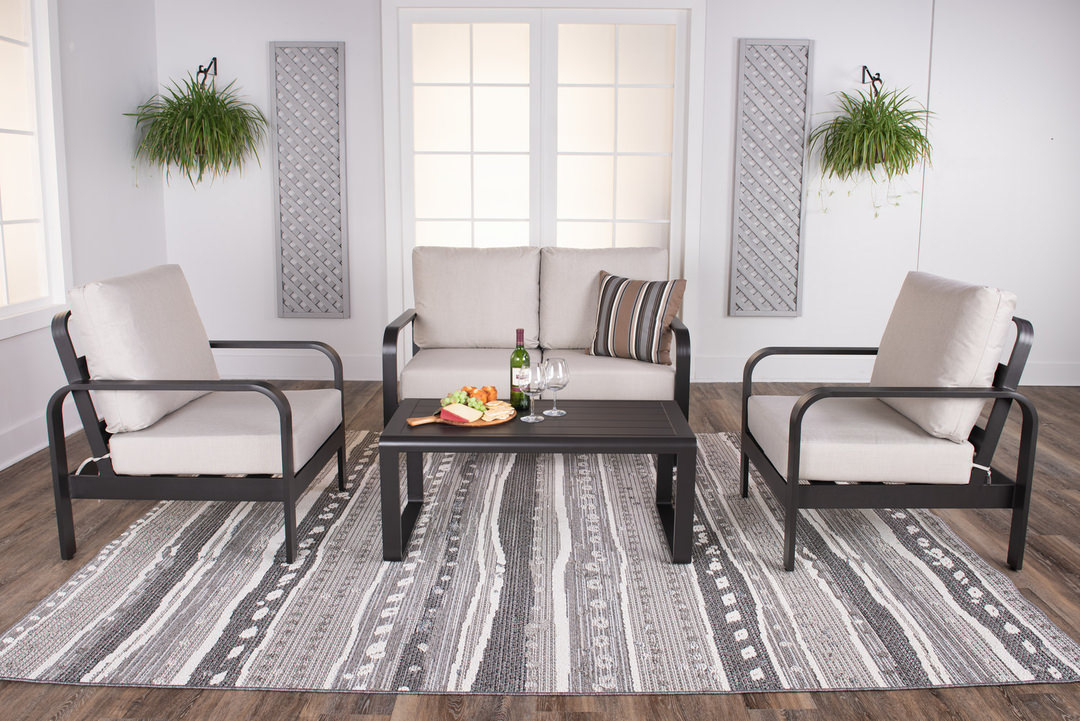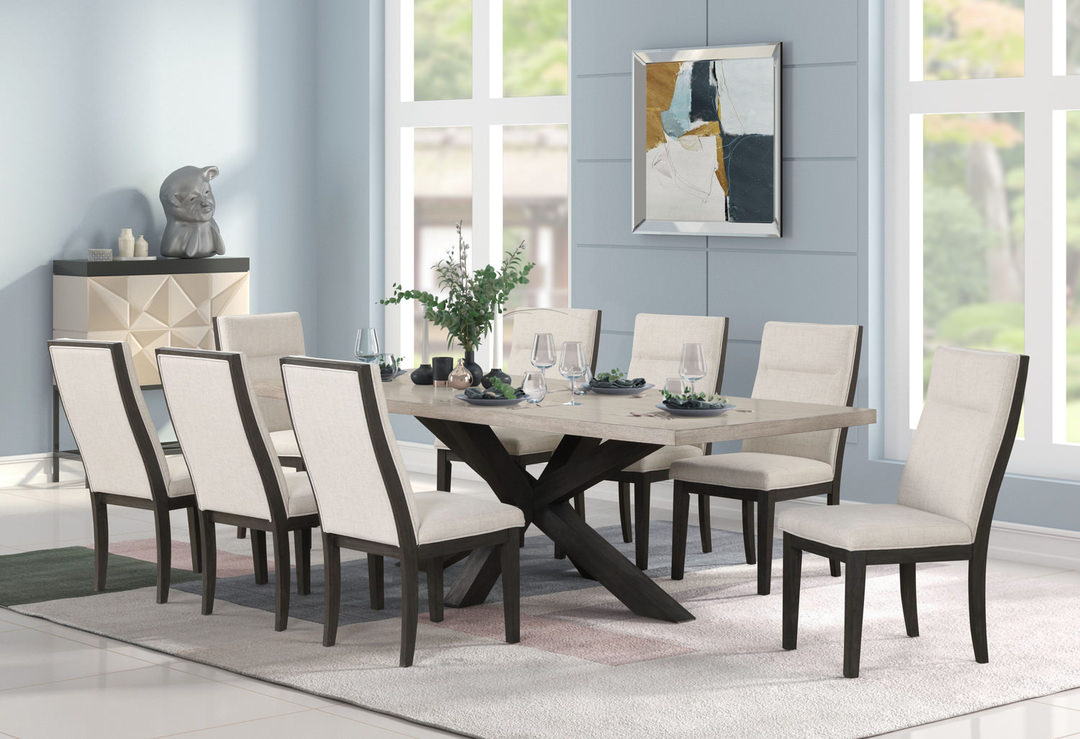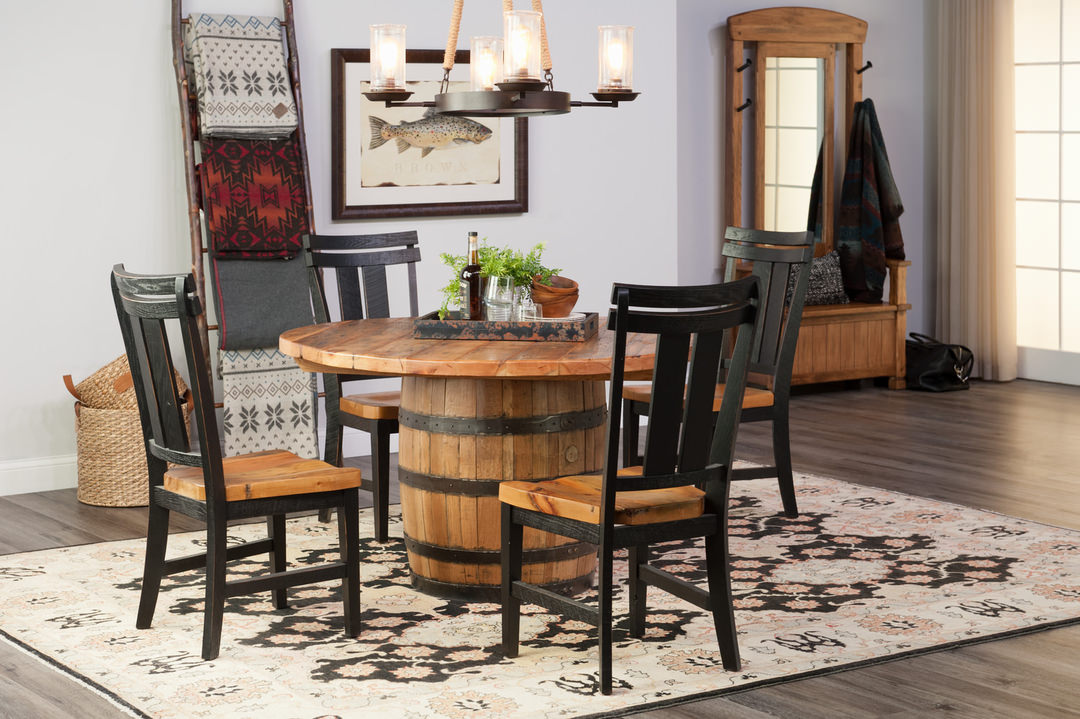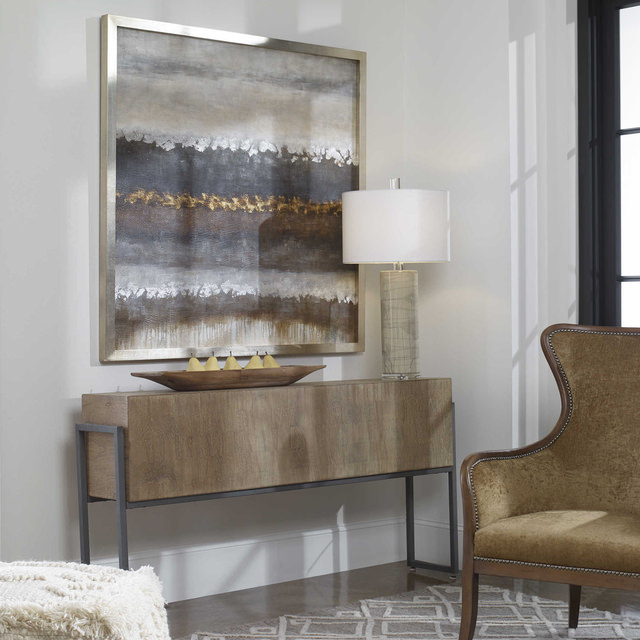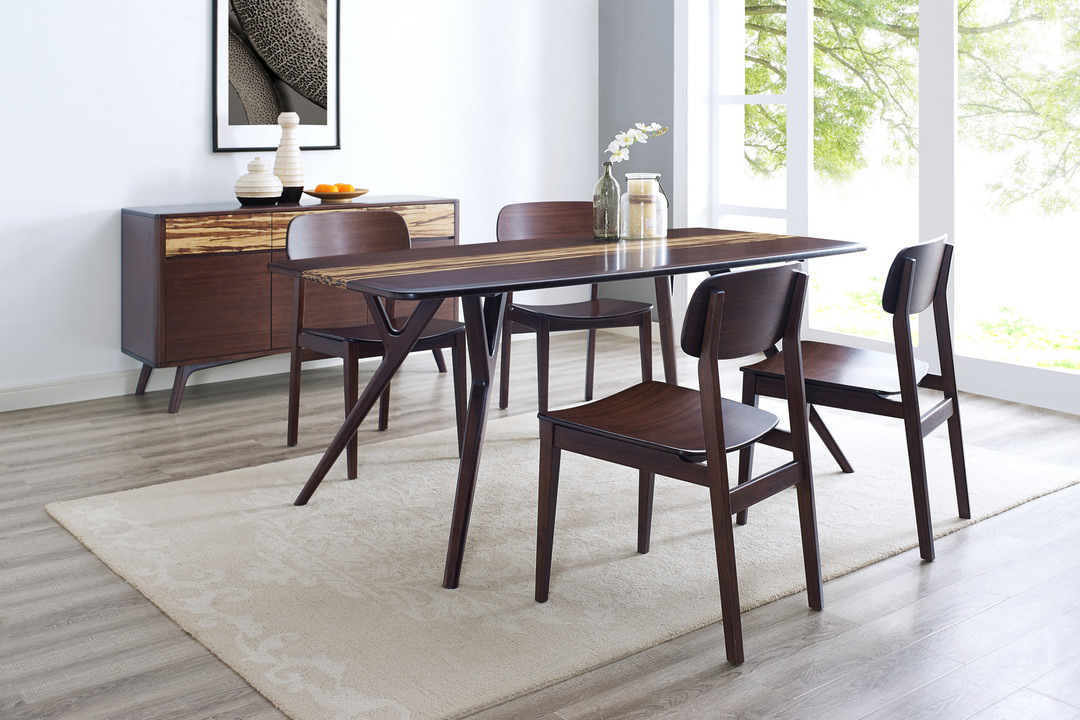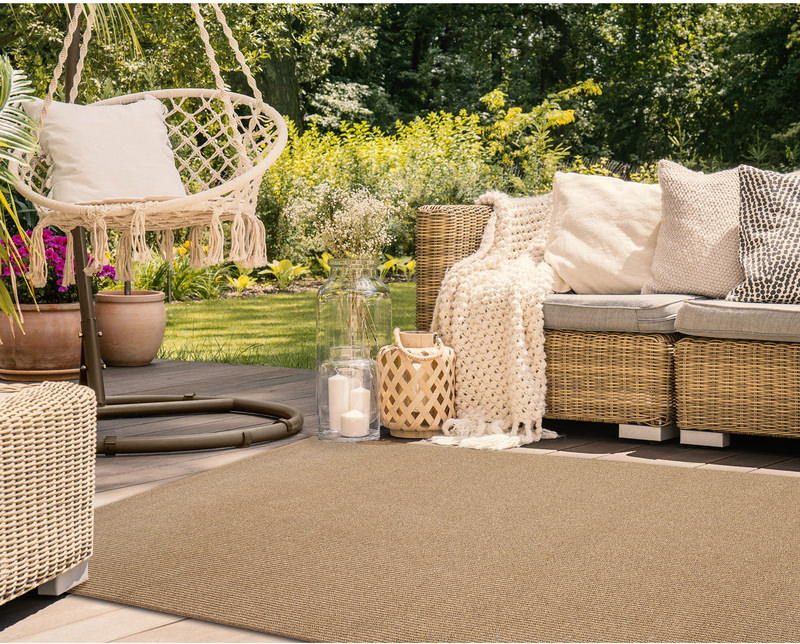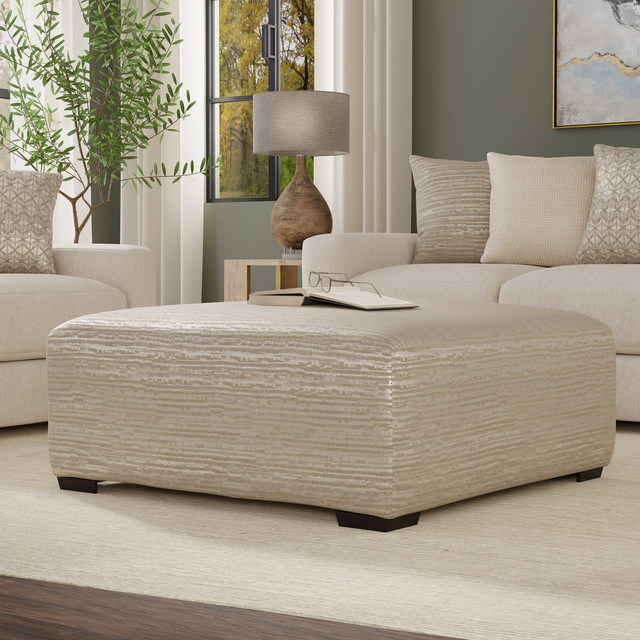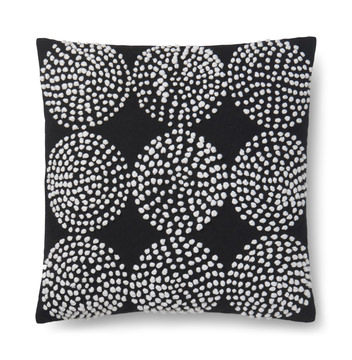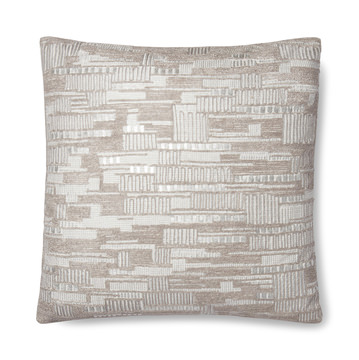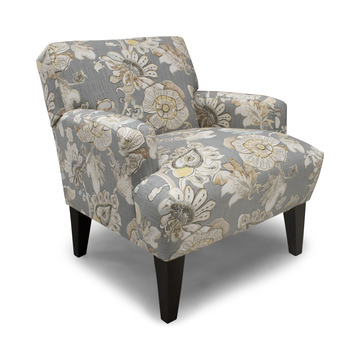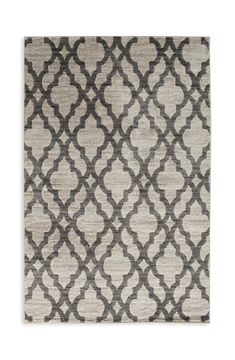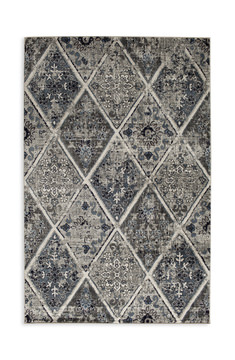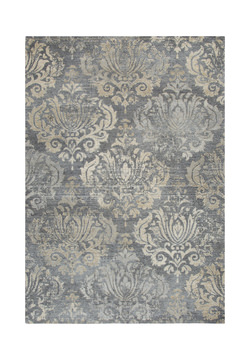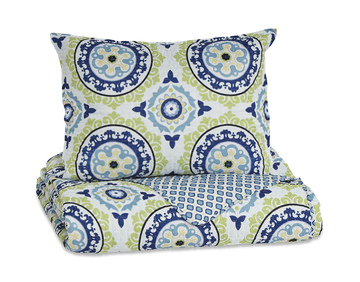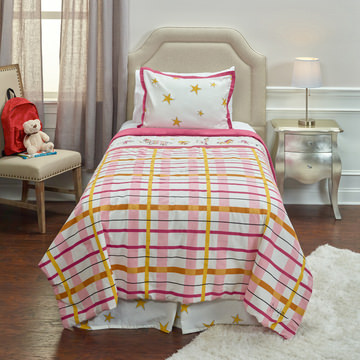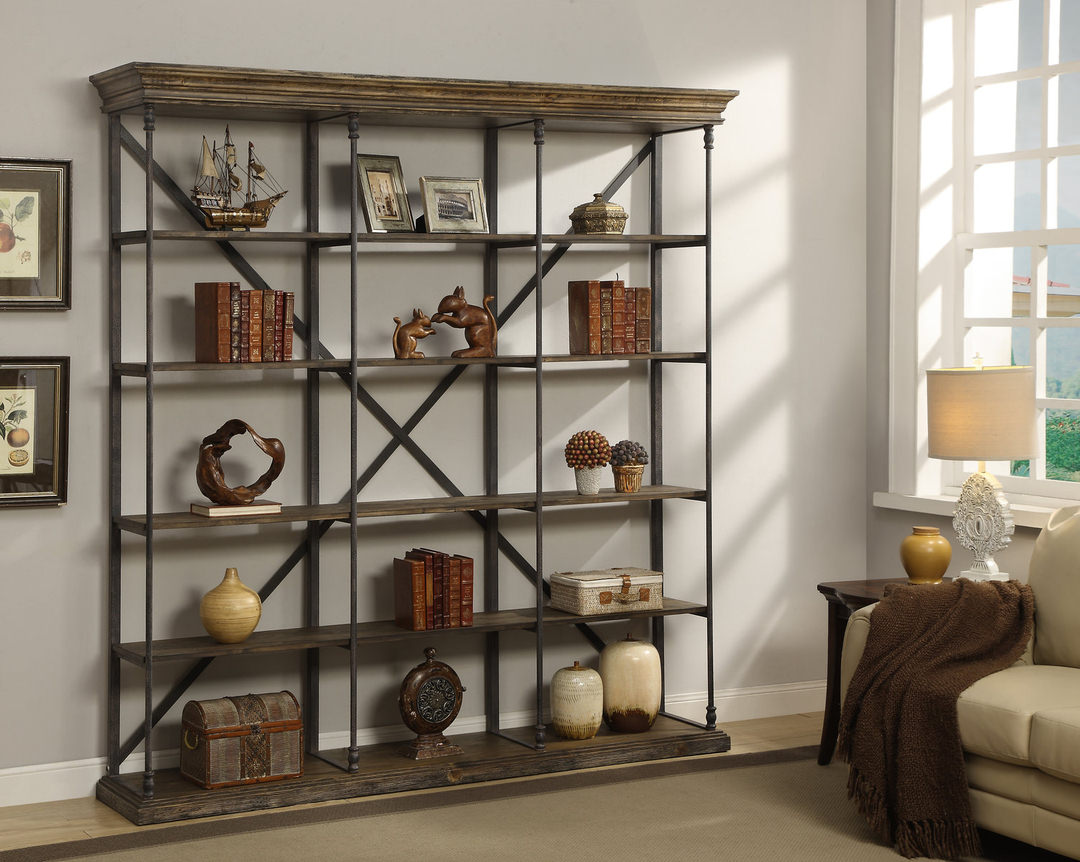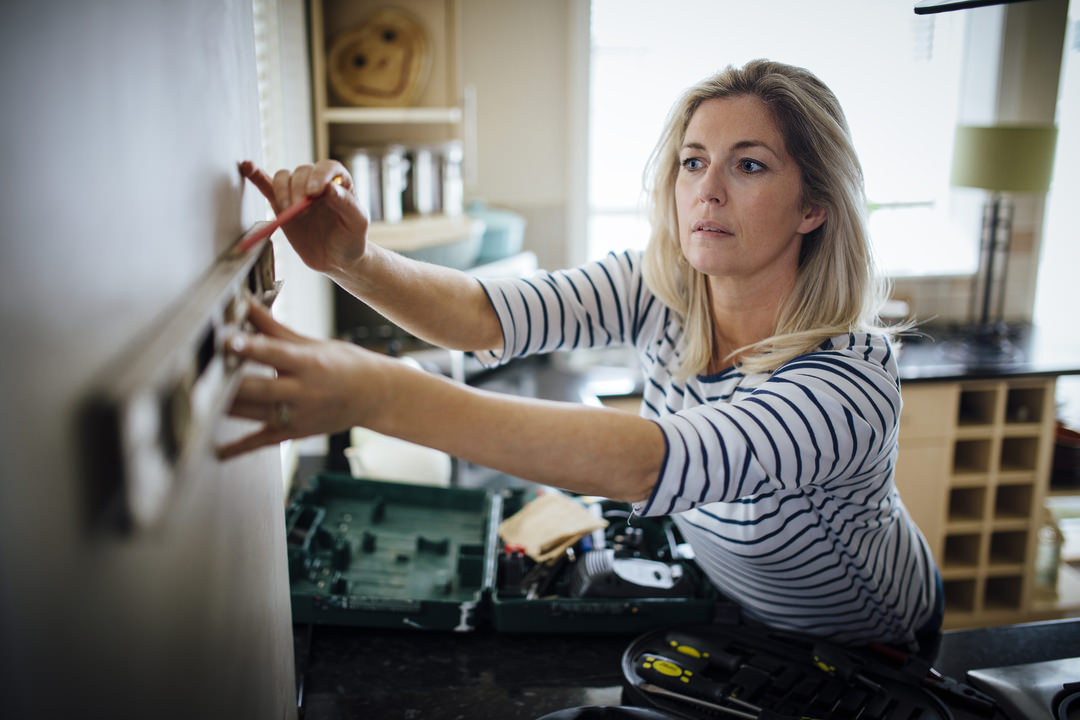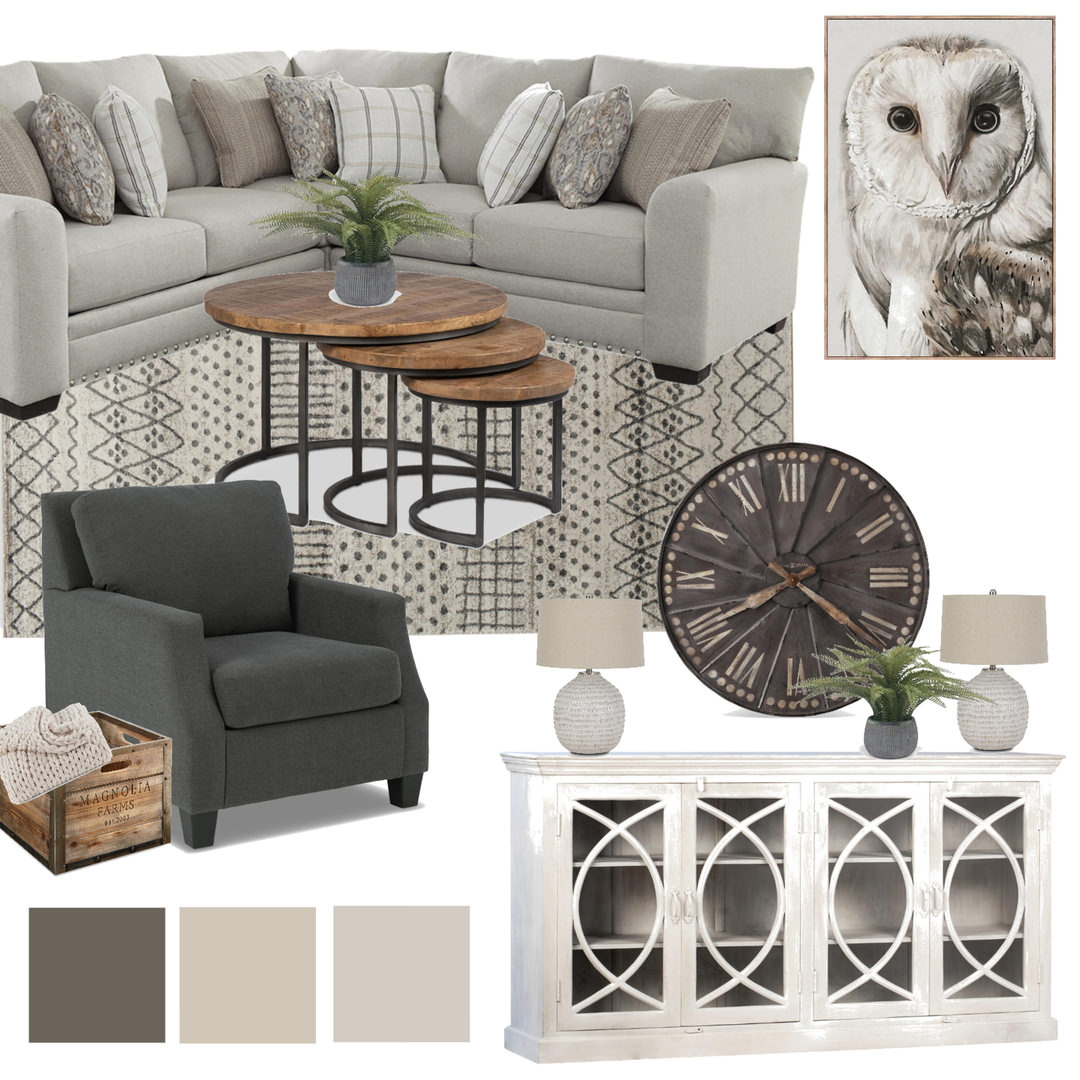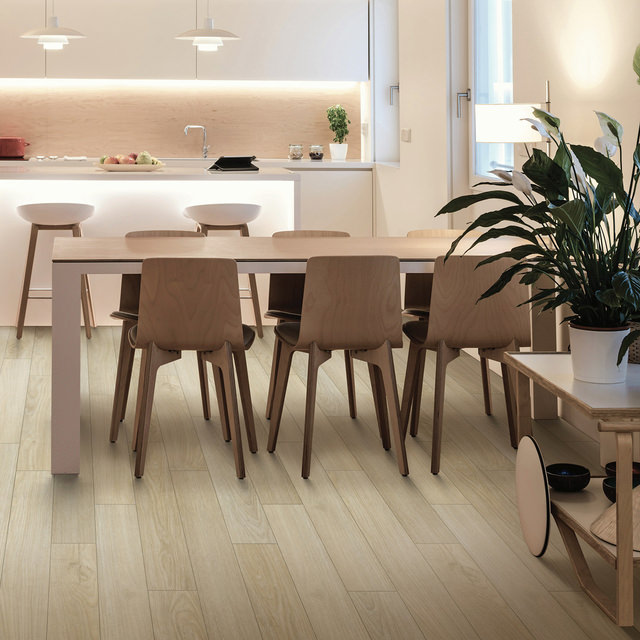Expert Pattern Mixing
Pattern on pattern? Sure! Here’s how to do it like a design pro.

There was a time when fashion experts were skeptical of patterns. Use only one, they said, and don’t make it too bold. And if you must employ a pattern, repeat it throughout the room, so that your curtains, your throw pillows and your upholstered chair have matching designs. Aren’t you glad these rules no longer apply? Today, if you want to liven a room with pattern mixing, go for it! Let your personality stand up and proclaim itself.
What patterns are on trend today?
- Polka dots. Dark dots on a light background or light dots on a dark one. Also, size and spacing of dots vary. Small dots are formal and large ones playful.
- Stripes. Versatile. Wide or narrow, in anything from black and white to neons to jewel tones.
- Checks. Small ones speak elegance, large ones daring.
- Herringbone. Large stripes are more forward and modern than small ones.
- Paisley. A traditional favorite that may be either adventuresome or restrained.
- Plaid. Another tried-and-true option.
- Floral. These add a soft and welcoming touch.
- Abstract/geometric. Including patterns associated with damask or ikat. Often found in curtains, rugs and wallpaper, but those aren’t the only places they work.
- Repeated decoration, often a toile with a landscape, nature or garden scene. But can be anything from bicycles to balloons in a den or a child’s bedroom.
- Zebra stripes. Not just black and white, or the pattern found on the animal. These come in all colors and go any which way.
- None of the above. Think of a throw pillow with a single picture, a tablecloth with giant multicolor squares or a striped table runner with patterns between the stripes.
What items look good in patterns?
While it’s certainly possible to reupholster a sofa or bring in a patterned chair, you can as easily transform a room with floral throw pillows, patterned area rugs, polka dot wallpaper, fanciful tablecloths, playful bedding or even geometric wall art. These smaller changes are fun and easy to experiment with.
How to Mix Patterns in a Living Room.
Start with a color you like. Choose the one that inspires you, that brightens your day when you see it. It might be a color you already use in your home or one you love in nature. Try bright and bold colors if you want a more modern look.
Consider the style you’re going for. Traditional? Think paisleys, toile patterns, subtle colors. Soft and welcoming? Start with florals. Playful? Big patterns in bright colors, maybe including some zebra stripes.
Choose at least three patterns. One should be your primary or “lead” player and will set the tone. It should have the largest scale (e.g., the widest stripes, the biggest flowers, the largest paisley) and contain your theme color. The second needs to provide some contrast, and can be about half the scale of the first. Number three might echo either one or two in color or pattern and should have a scale not larger than number two. If you use a fourth, make the patterning tiny and subtle.
Best Practices
- _Do _use large patterns to define a space, small patterns to draw attention and busy patterns to ramp up the energy level.
- _Do _use at least three patterns.
- _Do _choose colors of the same intensity: pastels with pastels, bolds with bolds, earth tones with earth tones.
- _Do _distribute patterns throughout all parts of the room.
- _Do _use more colors in large patterns and fewer colors in small ones.
- _Do _include all your colors in your “lead” pattern.
- _Do _vary texture as well as pattern.
- _Do _use large patterns on large pieces and small patterns on small.
- Don’t put all the patterning on one side of the room.
- Don’t pile patterns one atop another. Leave some space between them.
- Don’t use only one type of pattern.
- Don’t use patterns that all have the same scale.
- Don’t be intimidated by the rules. Sometimes it’s right to break them.
More questions?
How do you mix fabric in a room?
Consider what texture your fabrics bring to the project. You can think of texture as a kind of pattern, and create variety by using both rough surfaces and smooth ones.
What patterns go with stripes?
Most of them do. Floral, paisley and polka dot are good choices, and traditional patterns such as subdued geometrics and toiles are also suitable.
What patterns go with floral?
Stripes almost always work. Plaids provide a nice contrast, and checks and polka dots do the job if the colors work together.
How to mix and match throw pillows?
Use the same rules that apply to mixing an entire room. Choose three or more patterns. Use the largest scale in the primary pattern, make the second contrast and echo one of the first two with the others. Larger pillows carry patterns better. Use contrasting textures, alternating rough and smooth across the length of a sofa.
Can I really do this?
Yes you can! Use these “rules” as guidelines rather than commandments. Remember, if it looks good, it is good.
